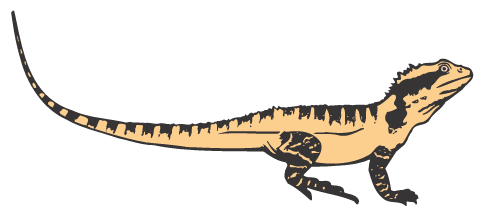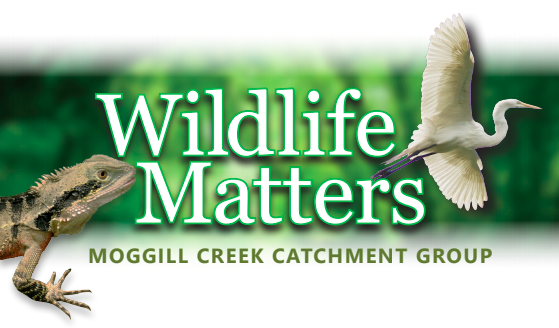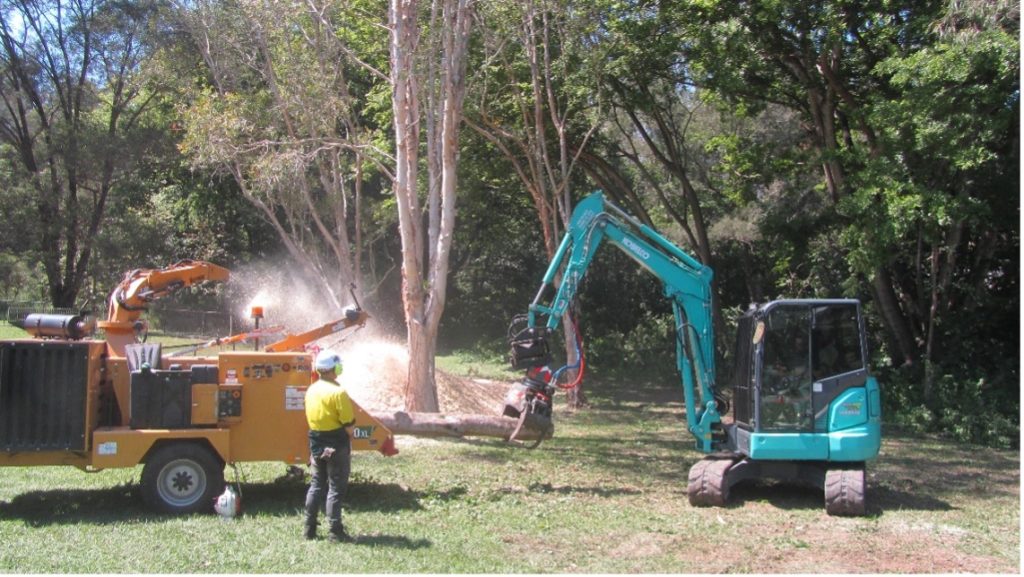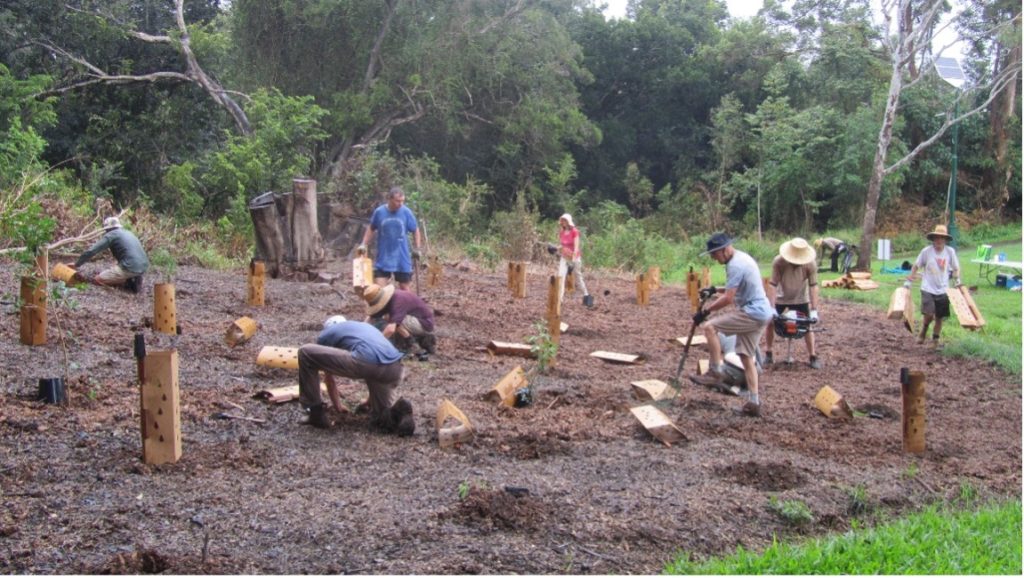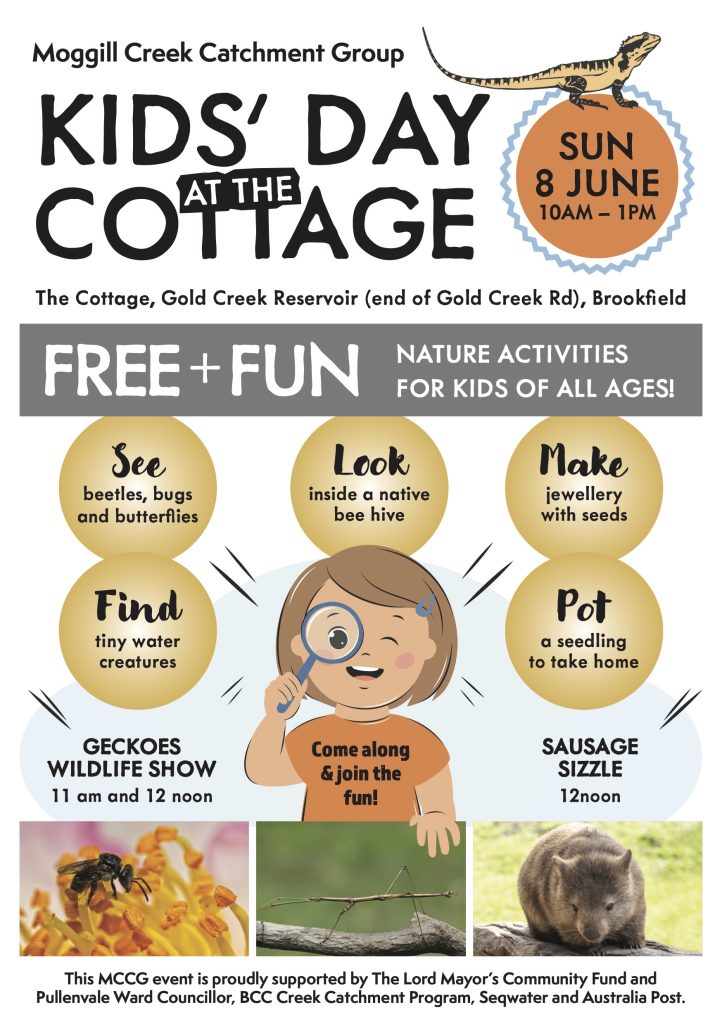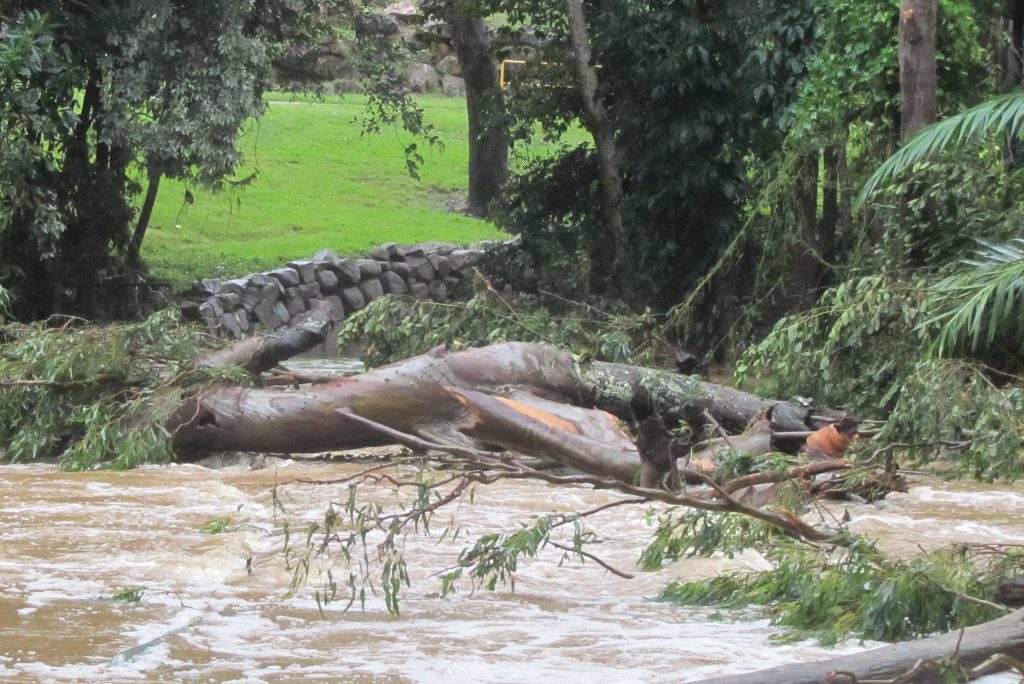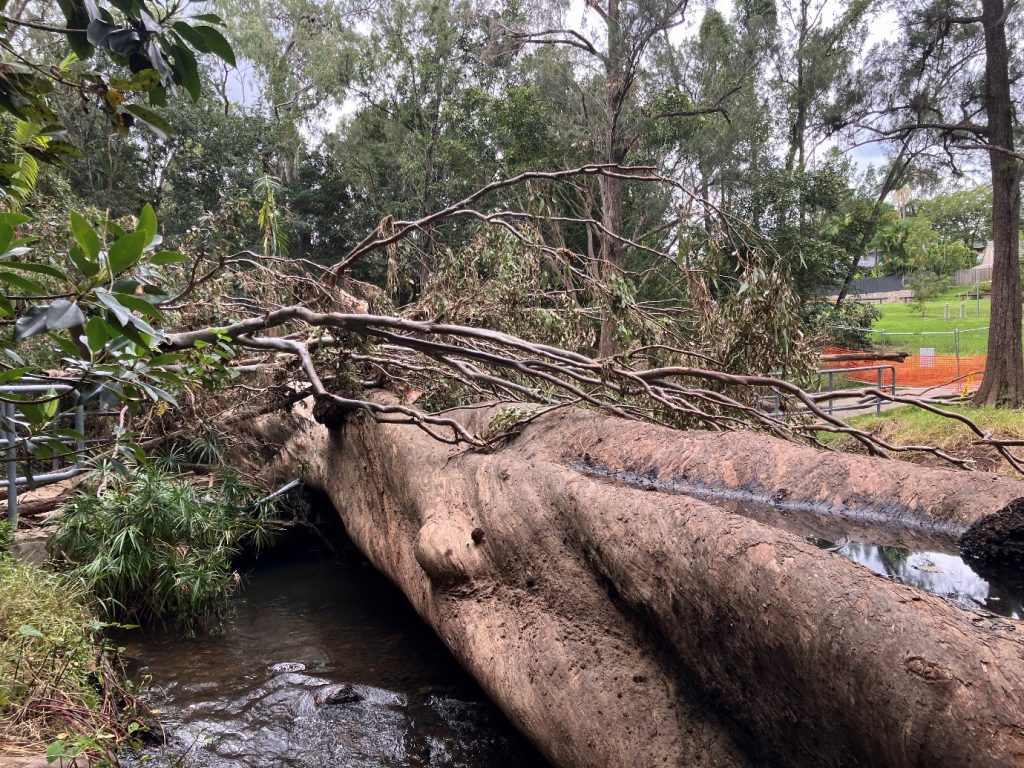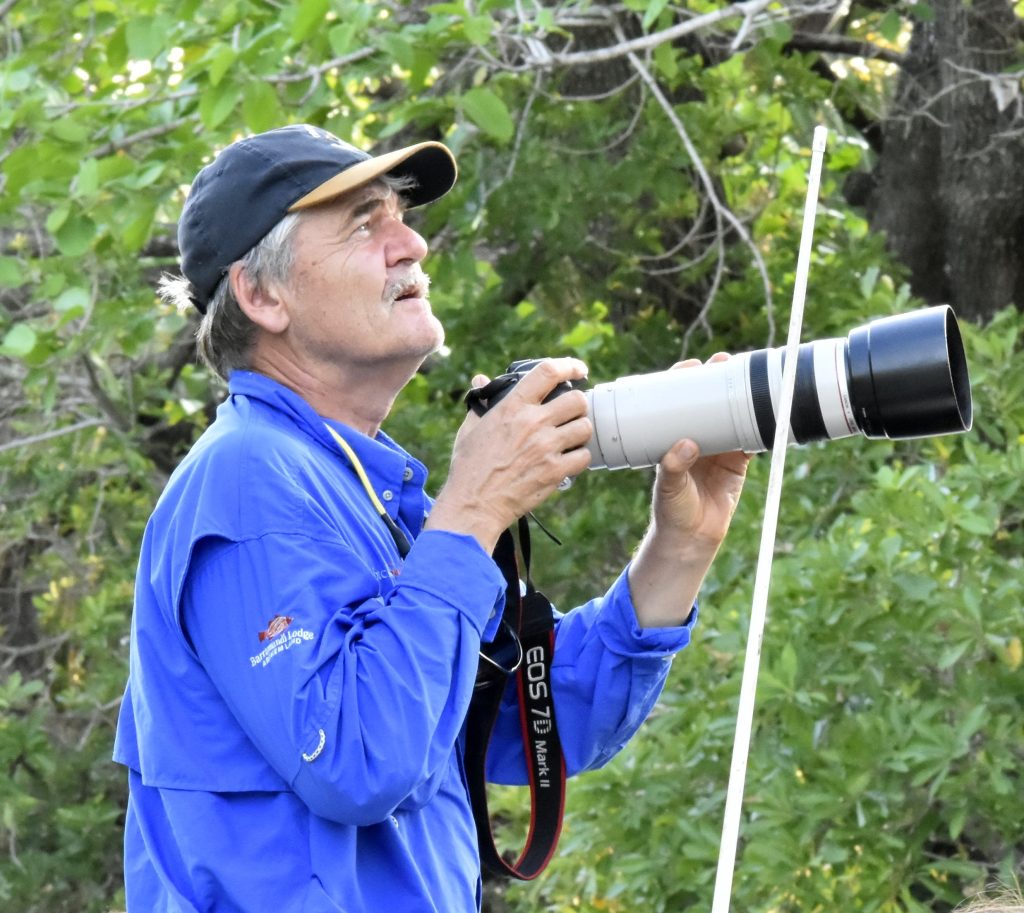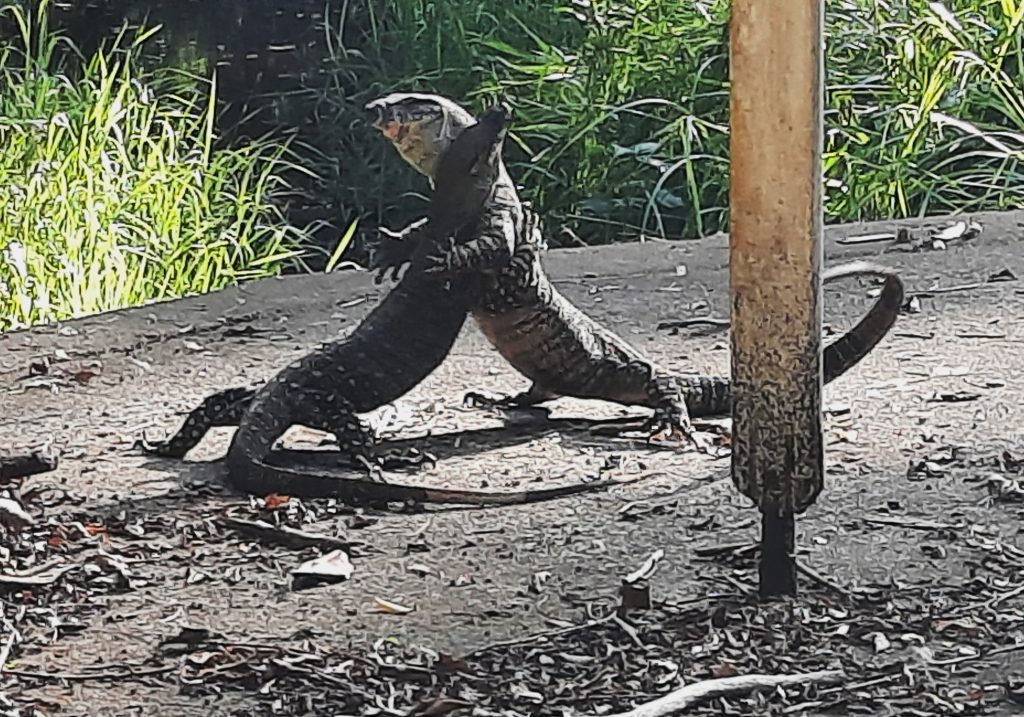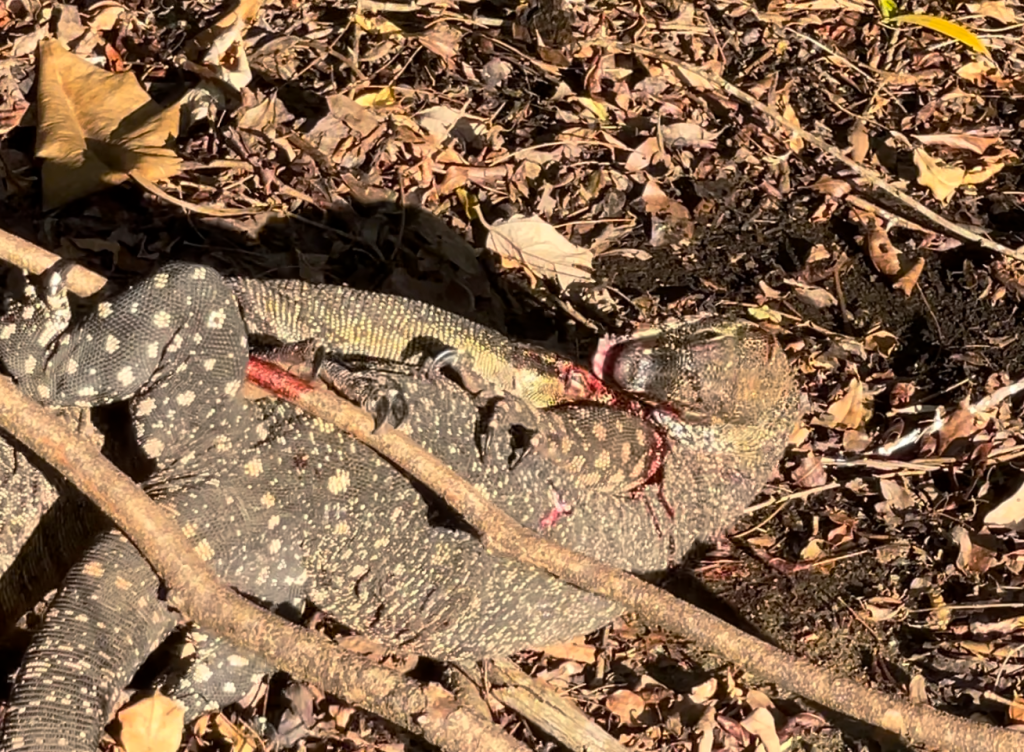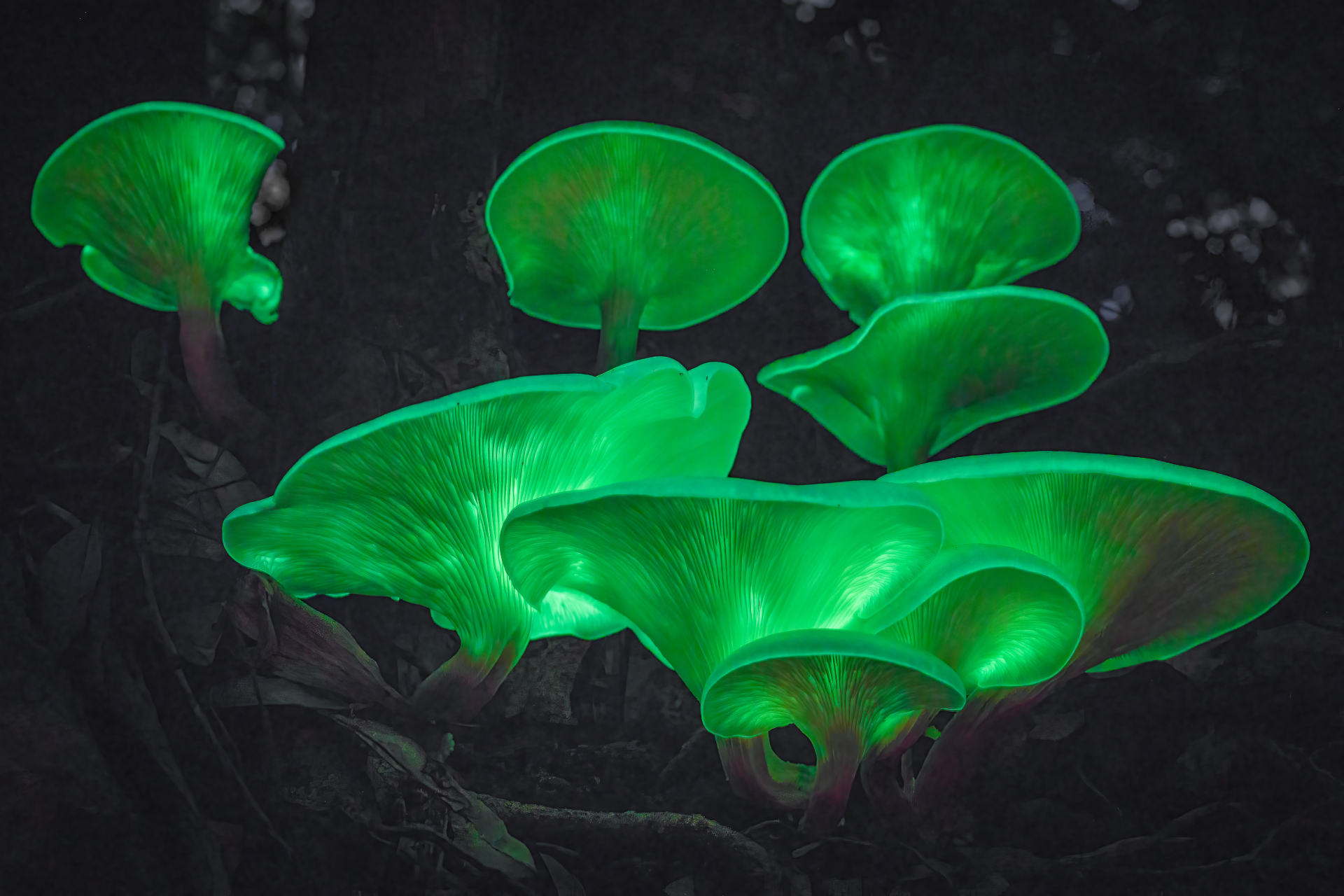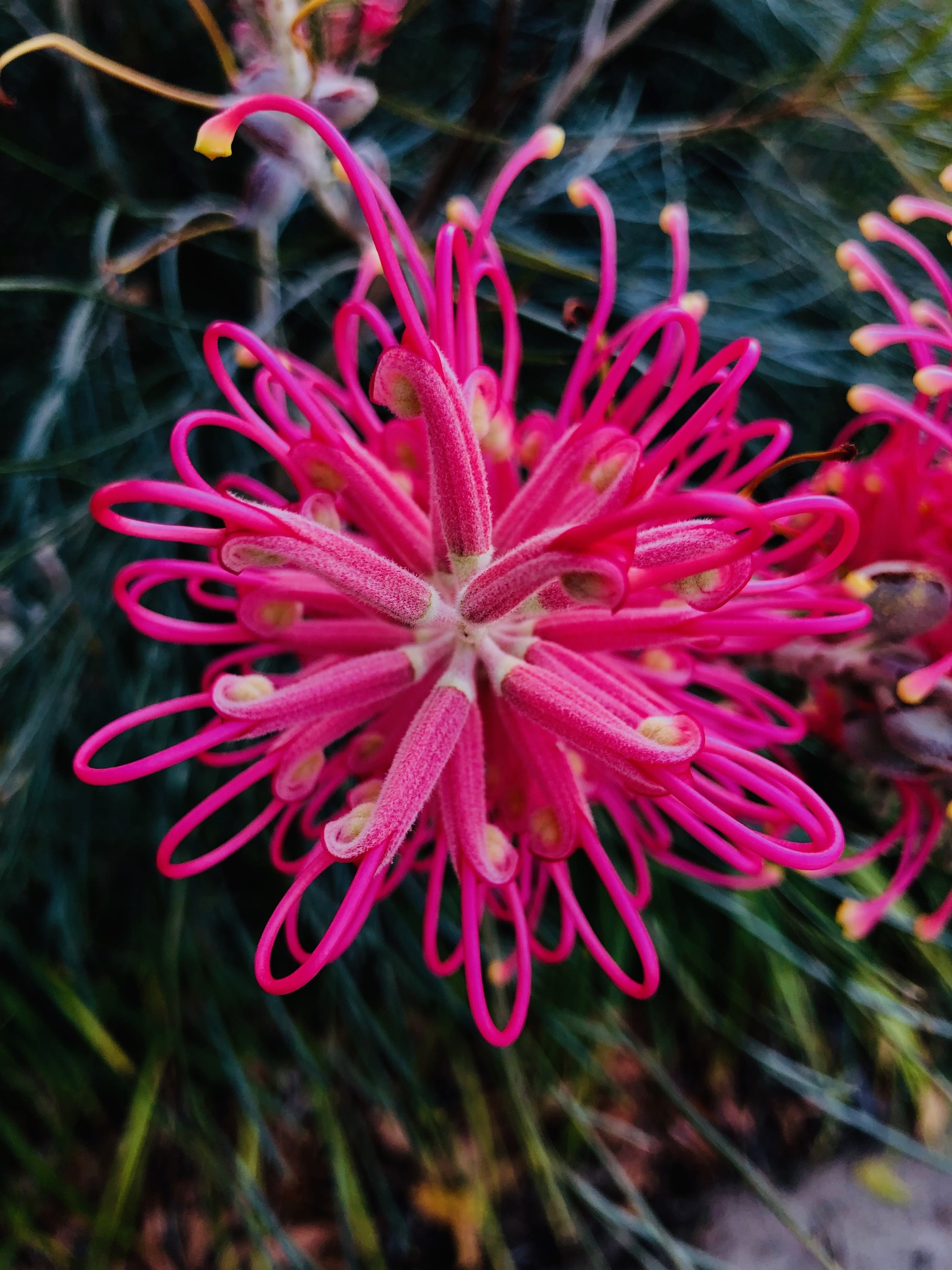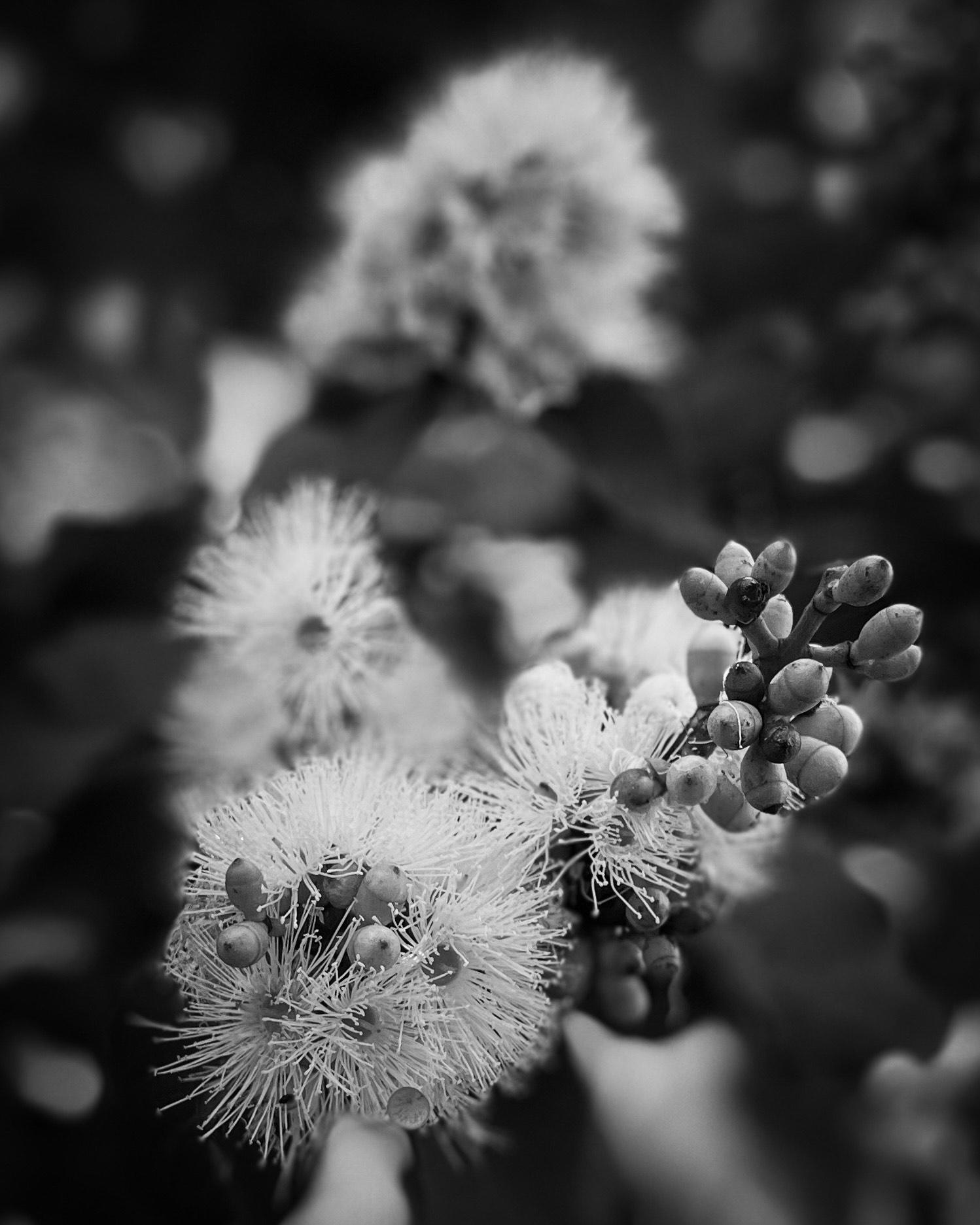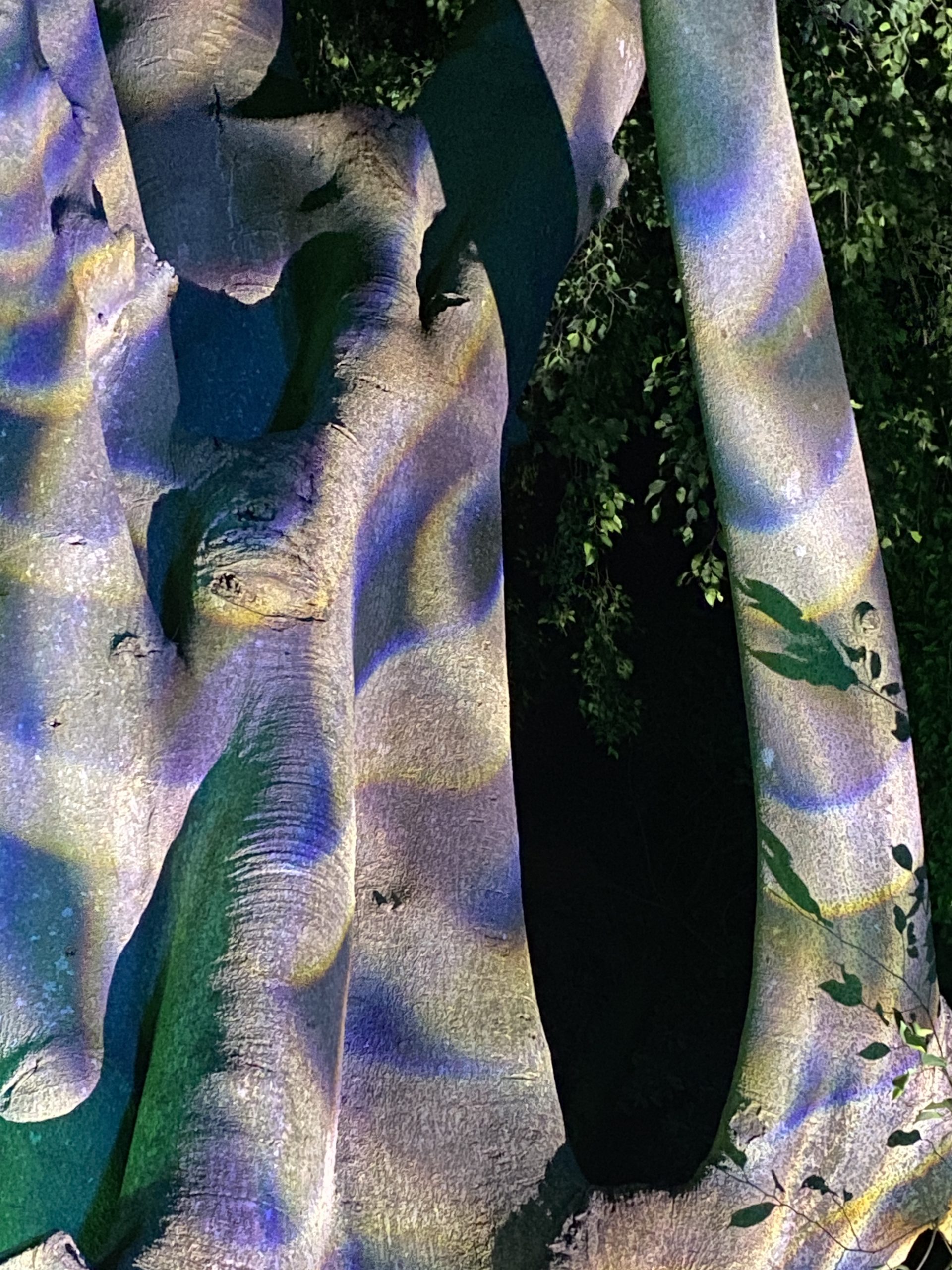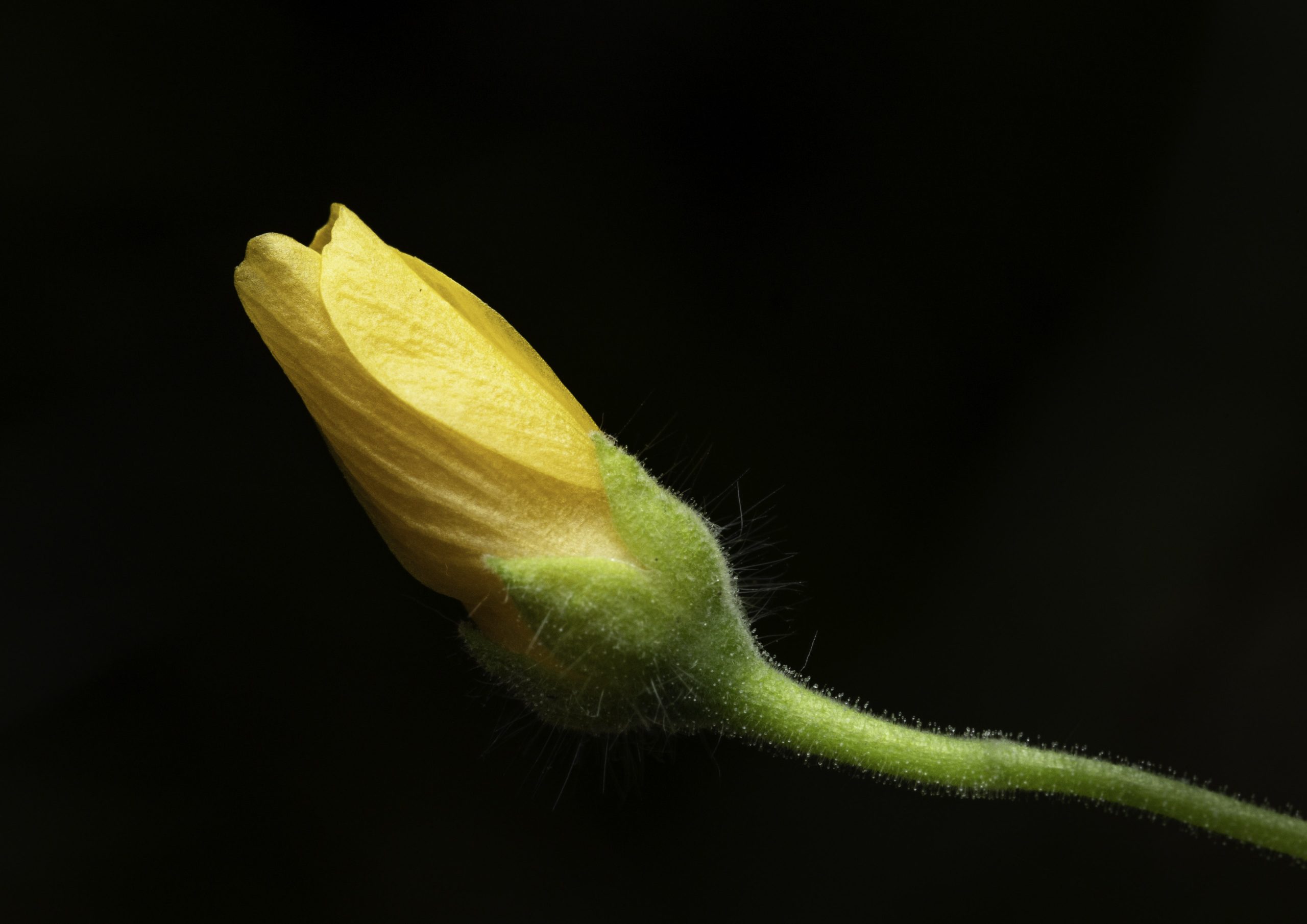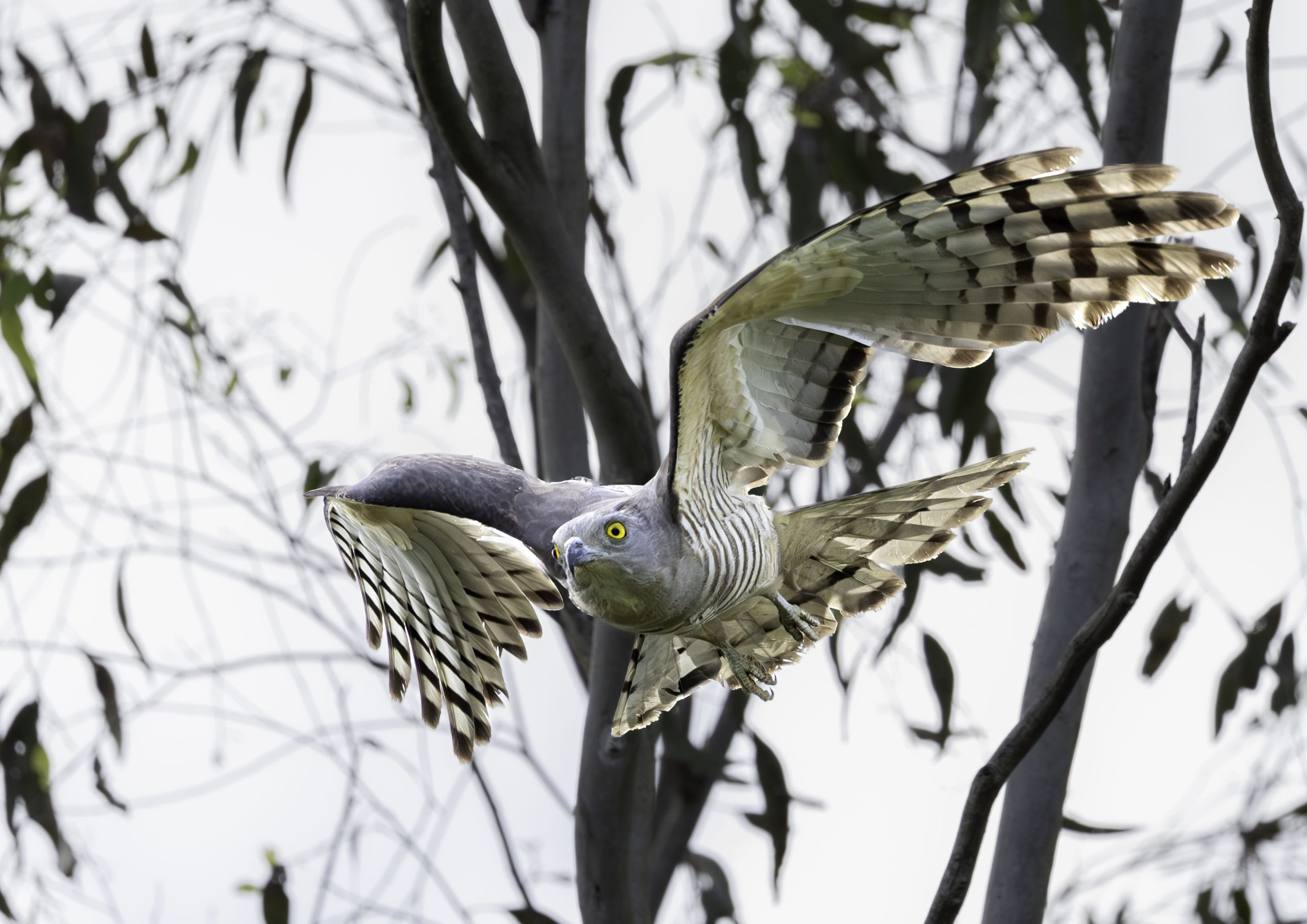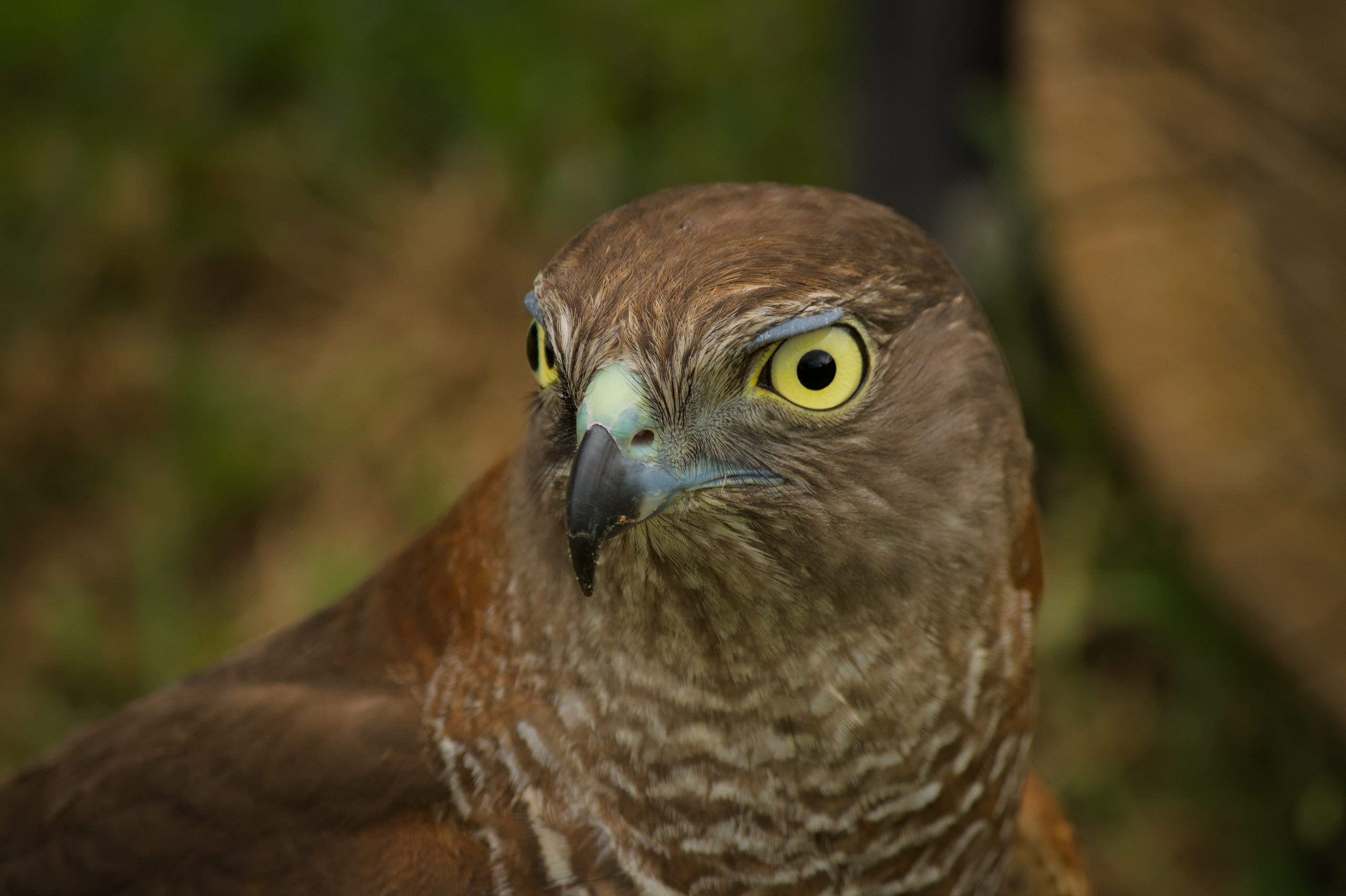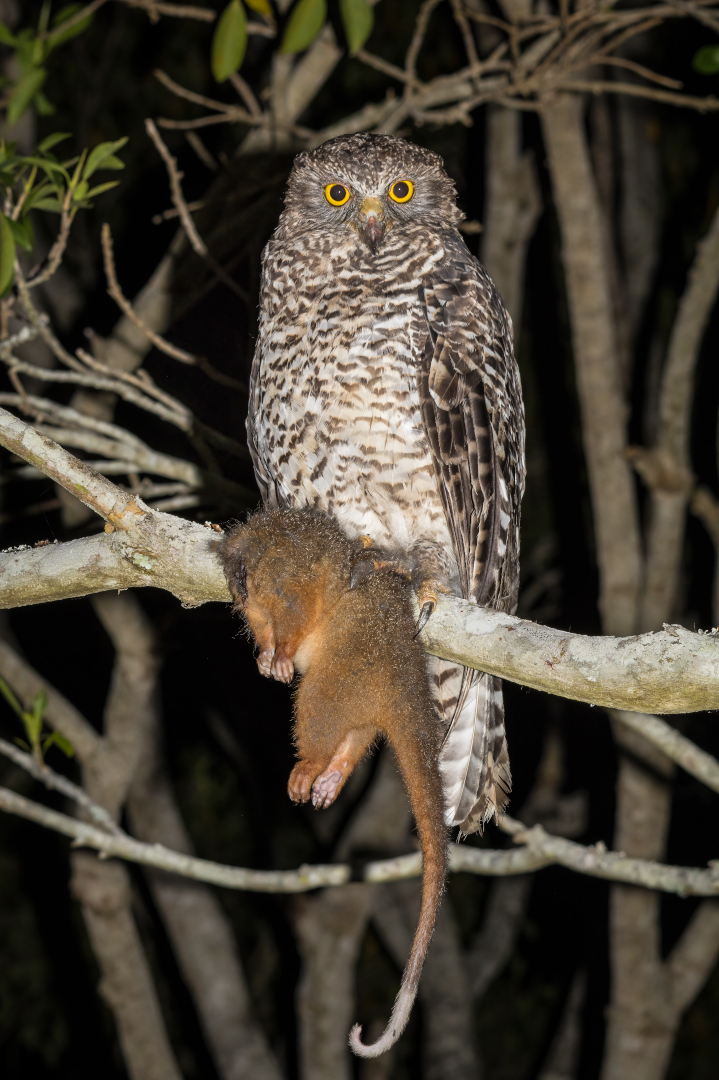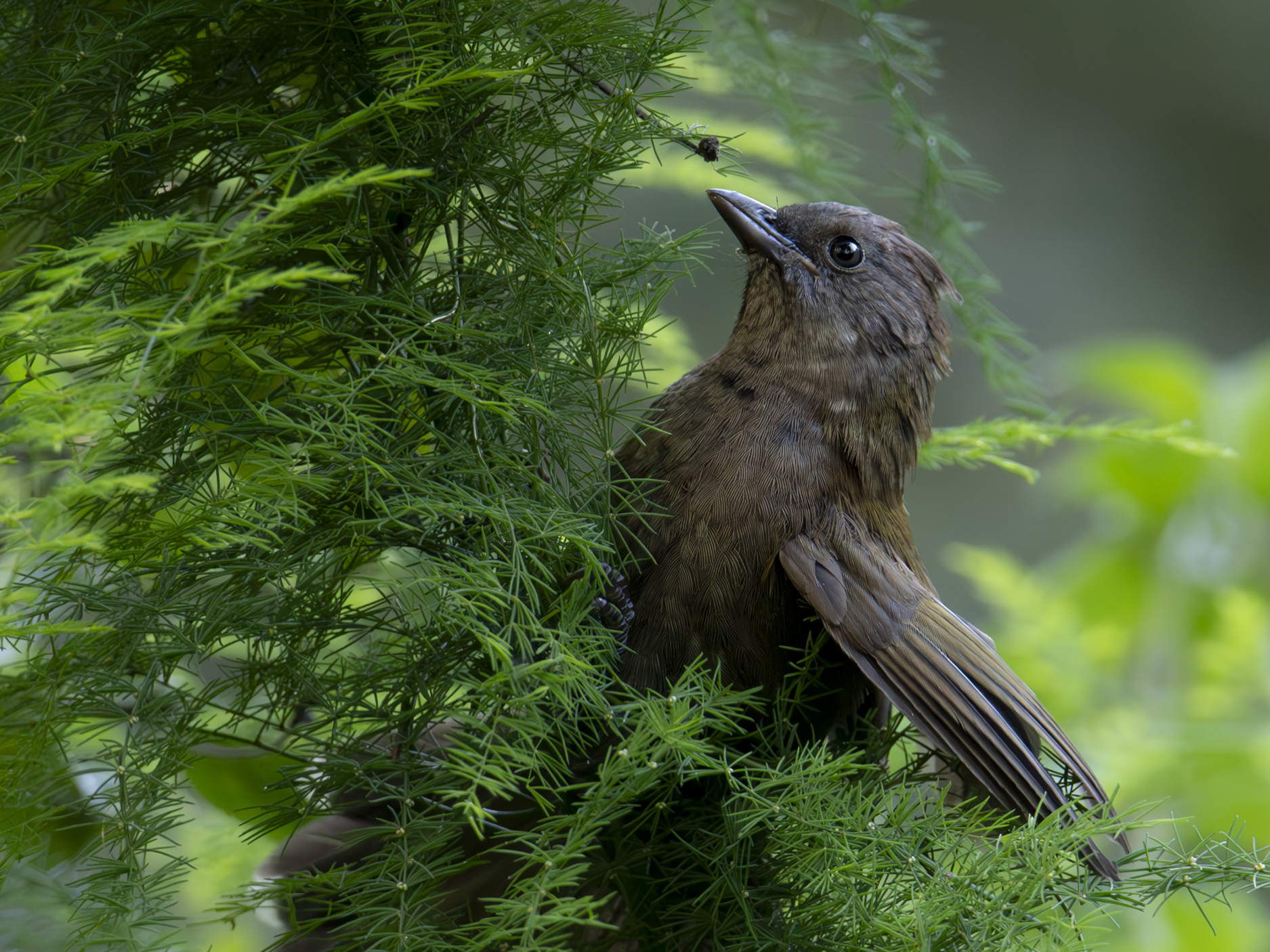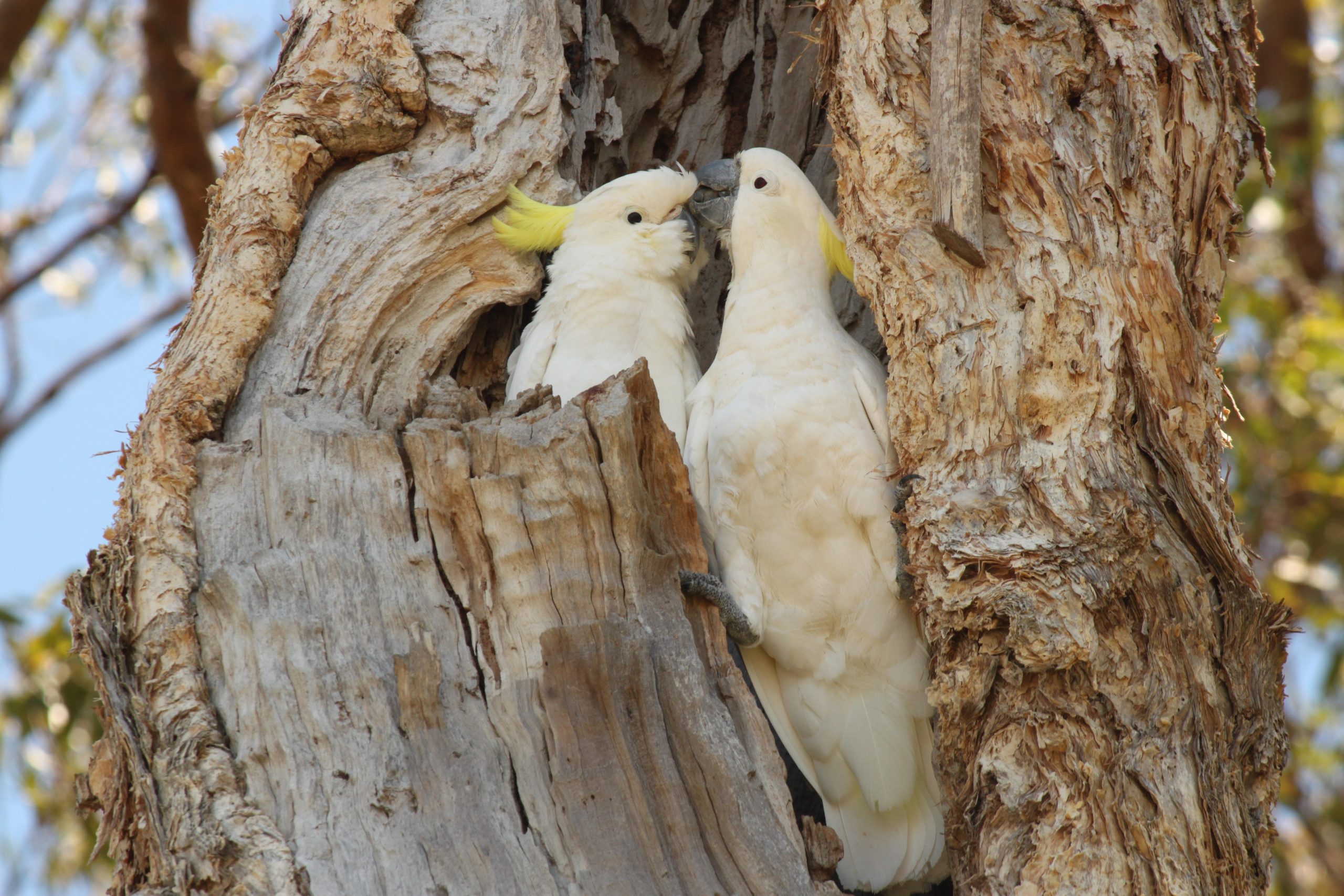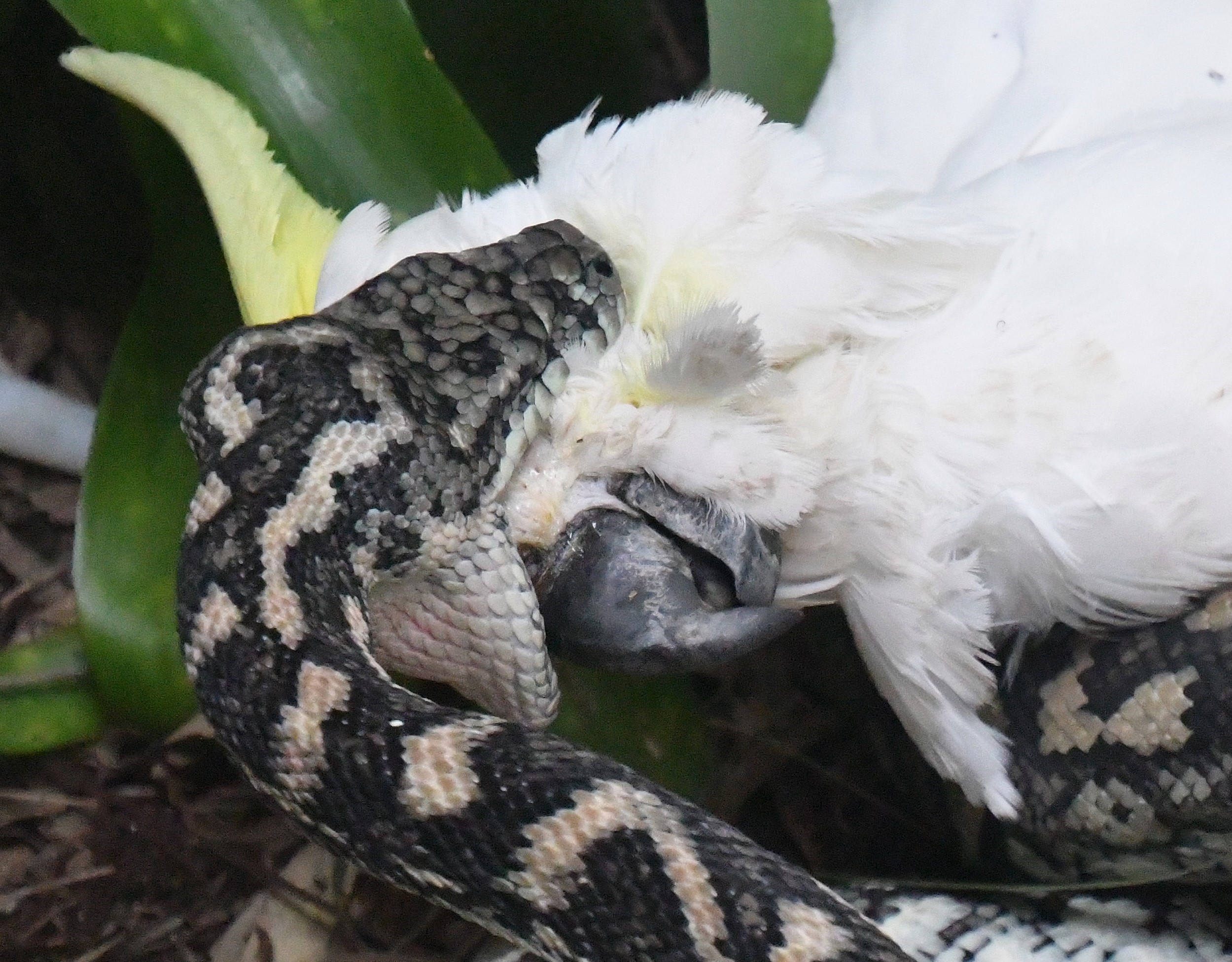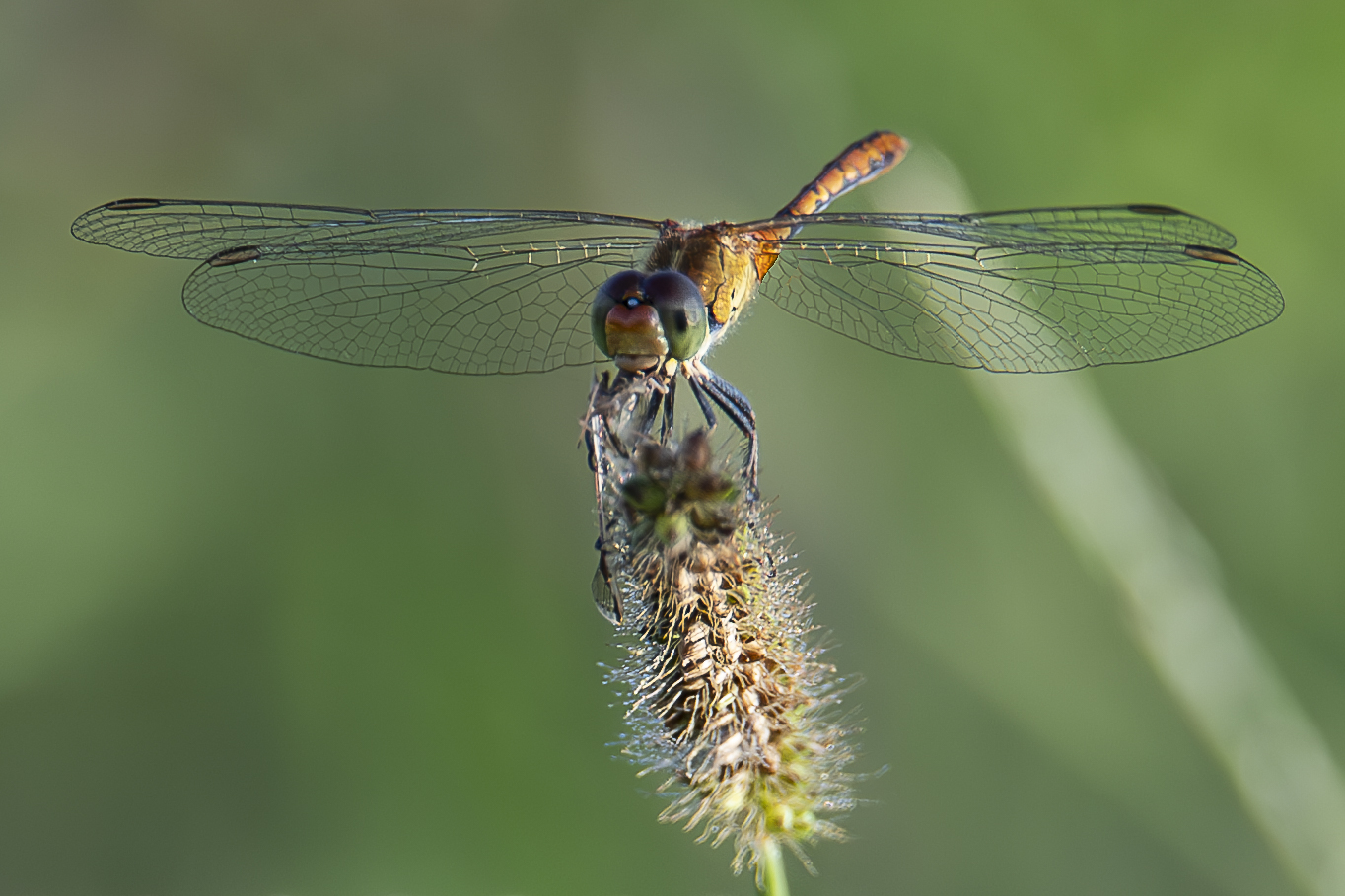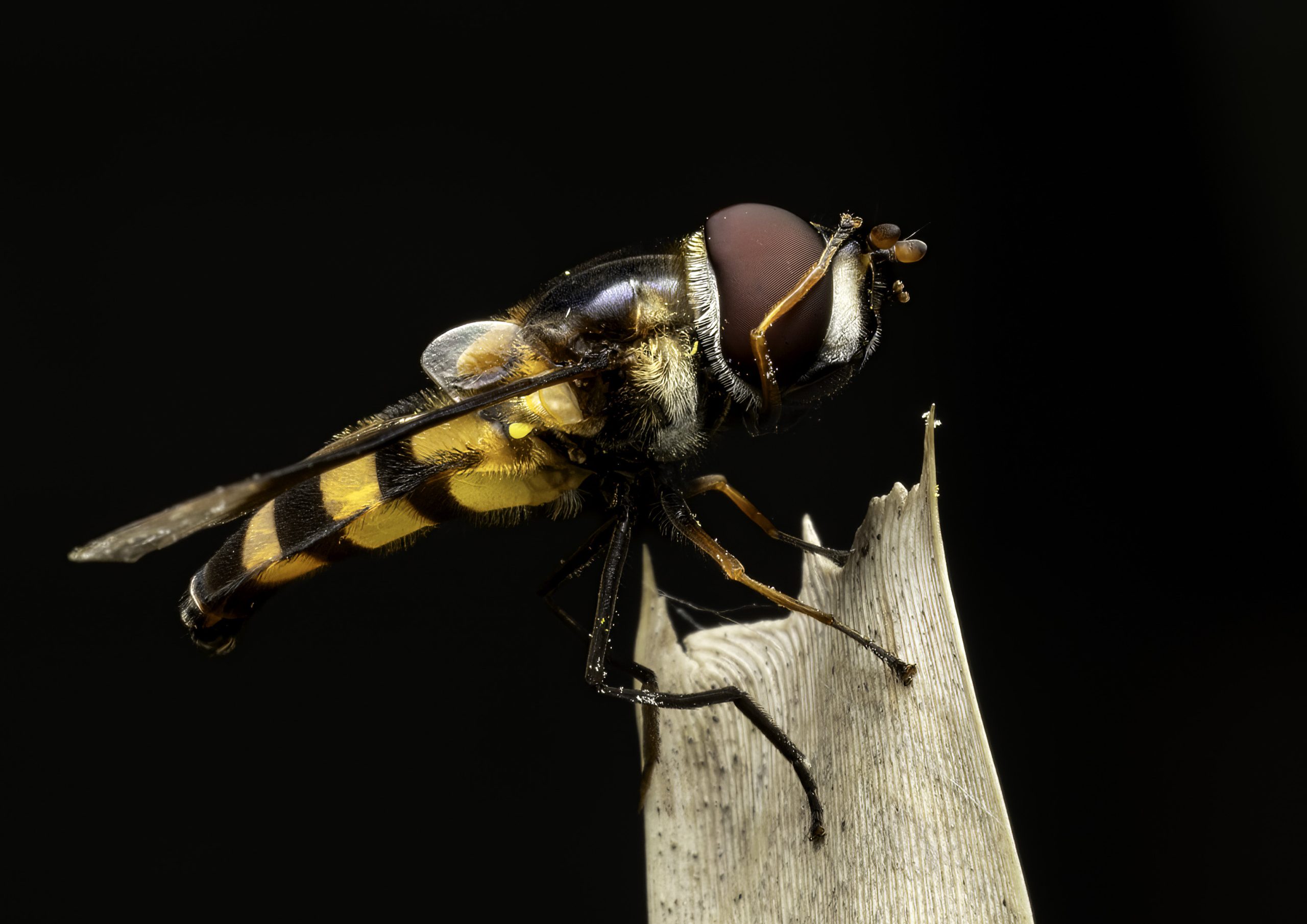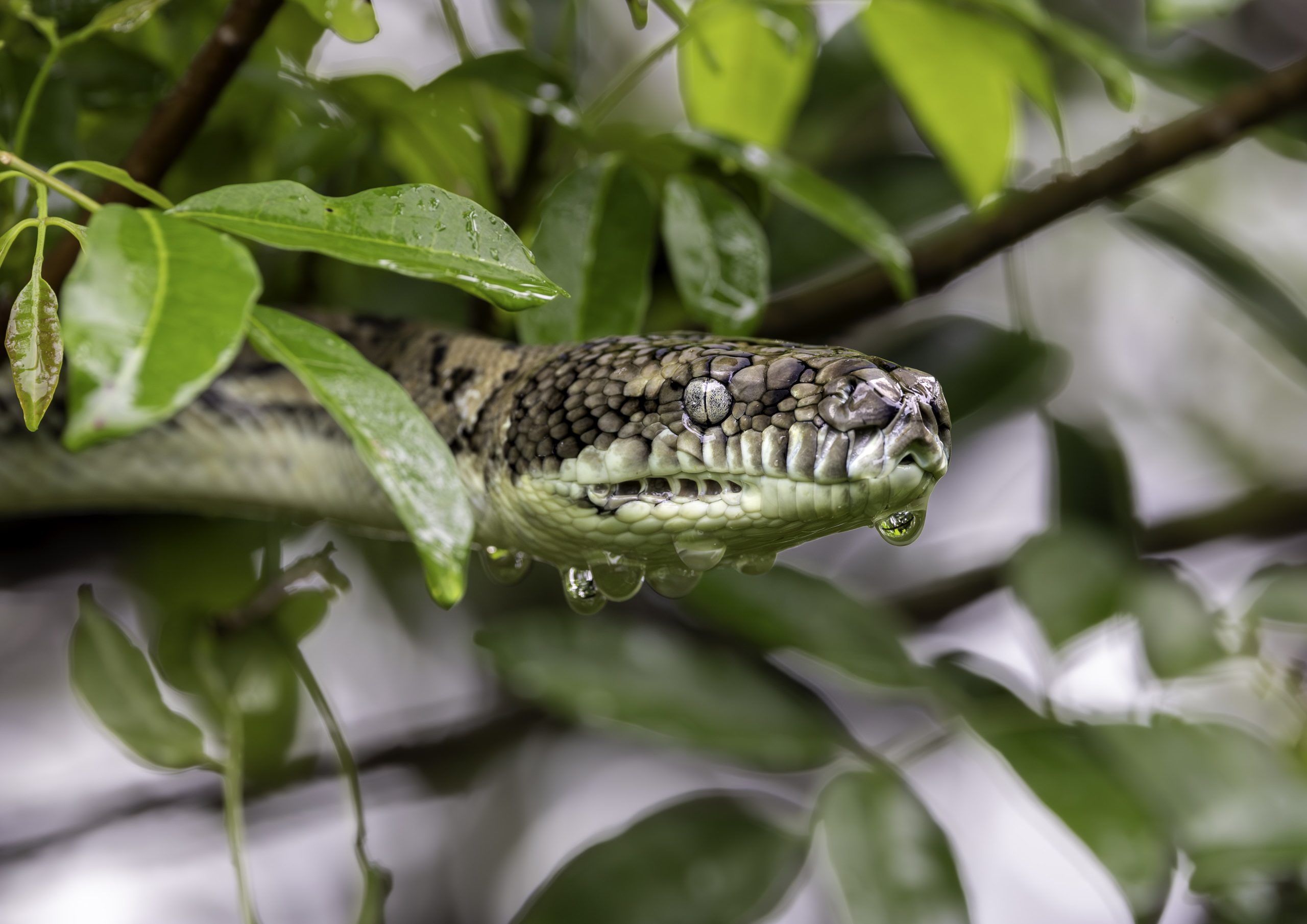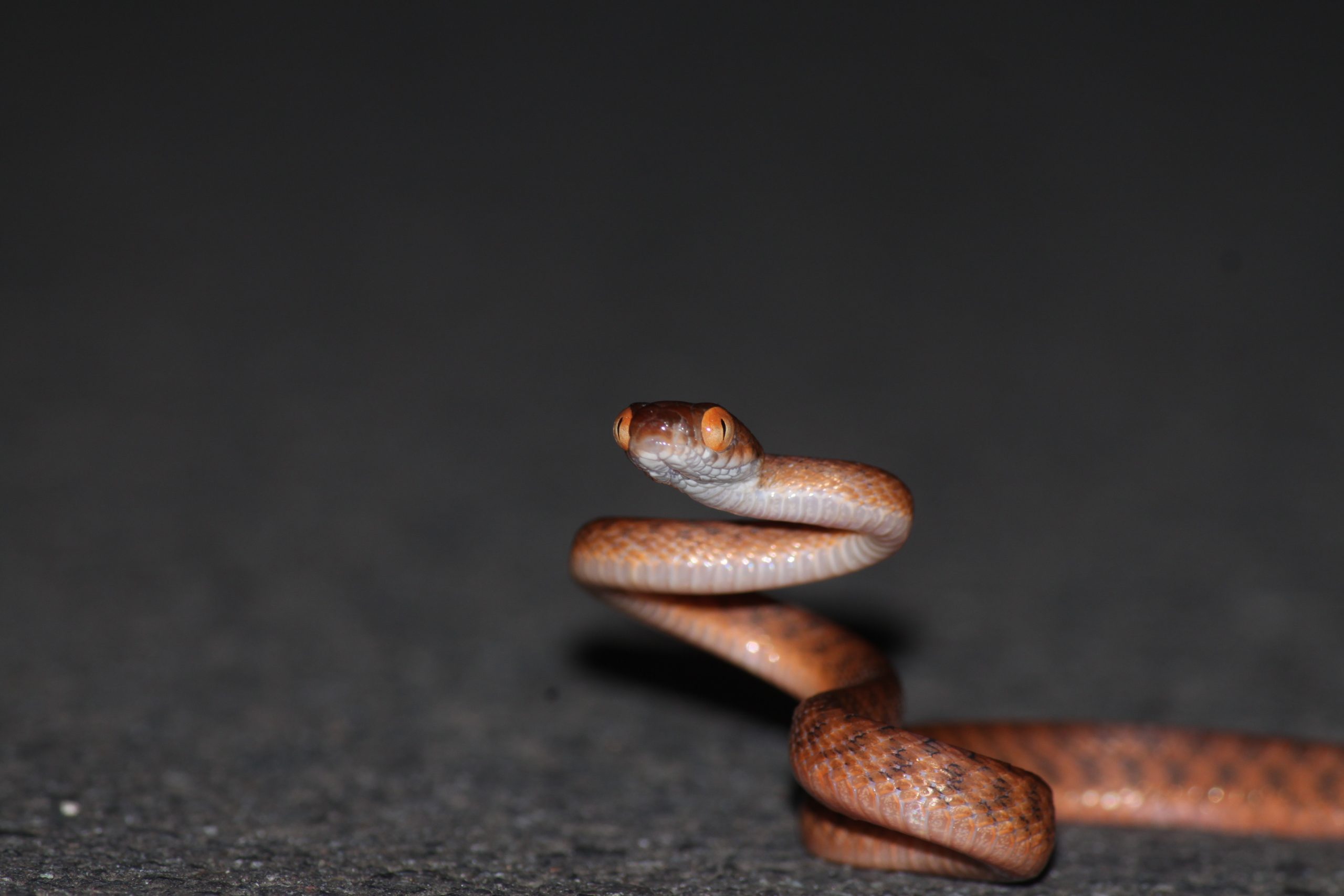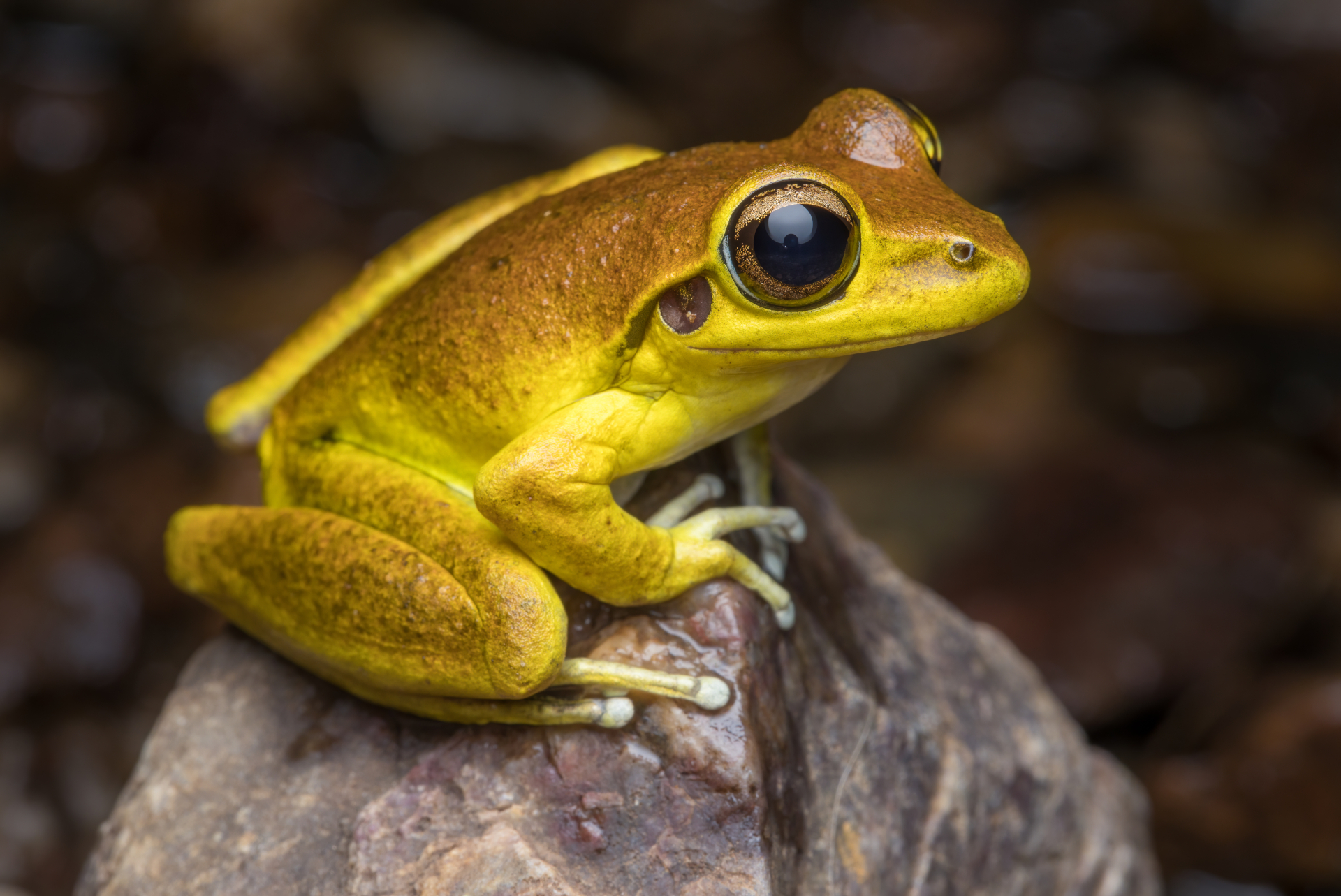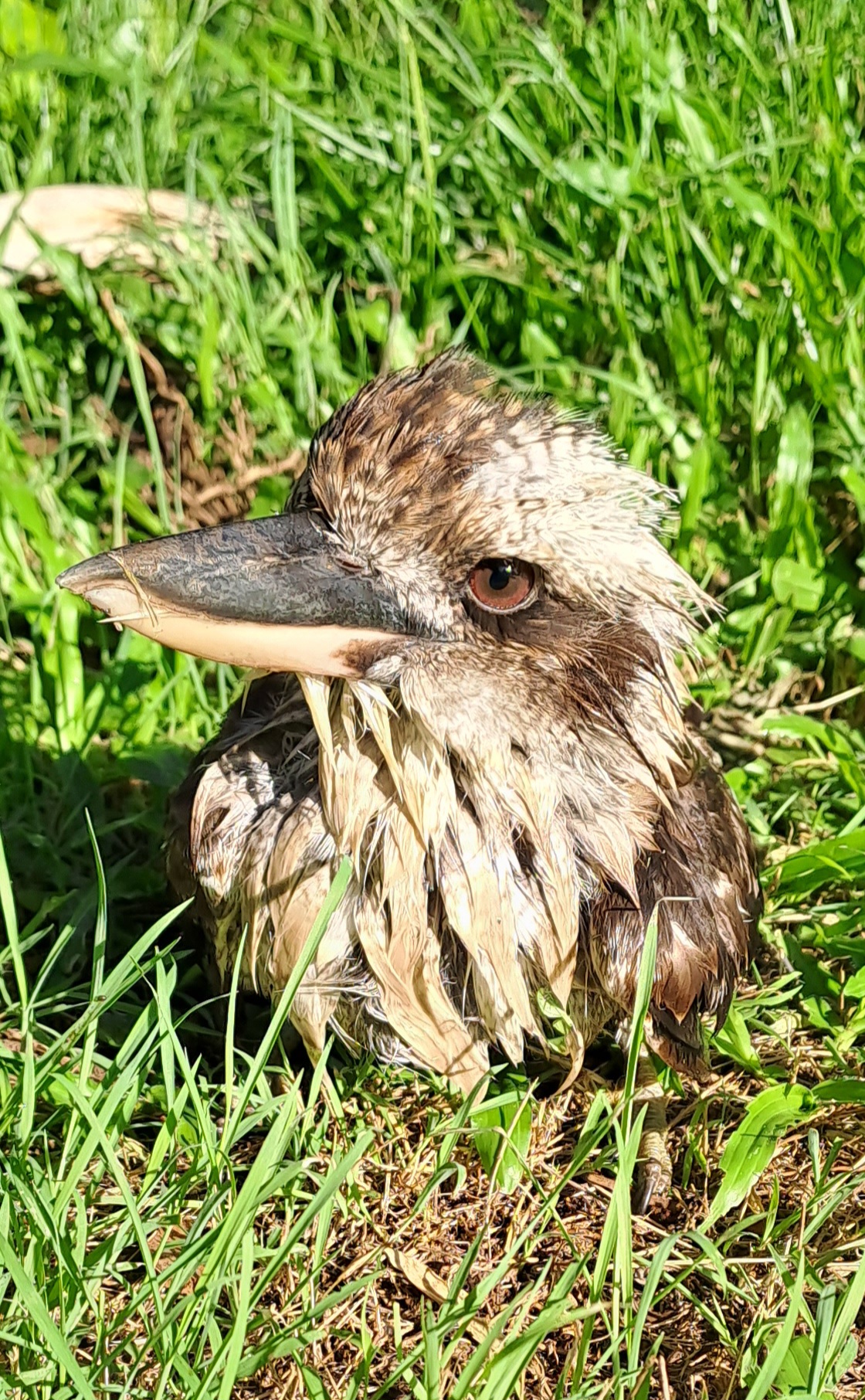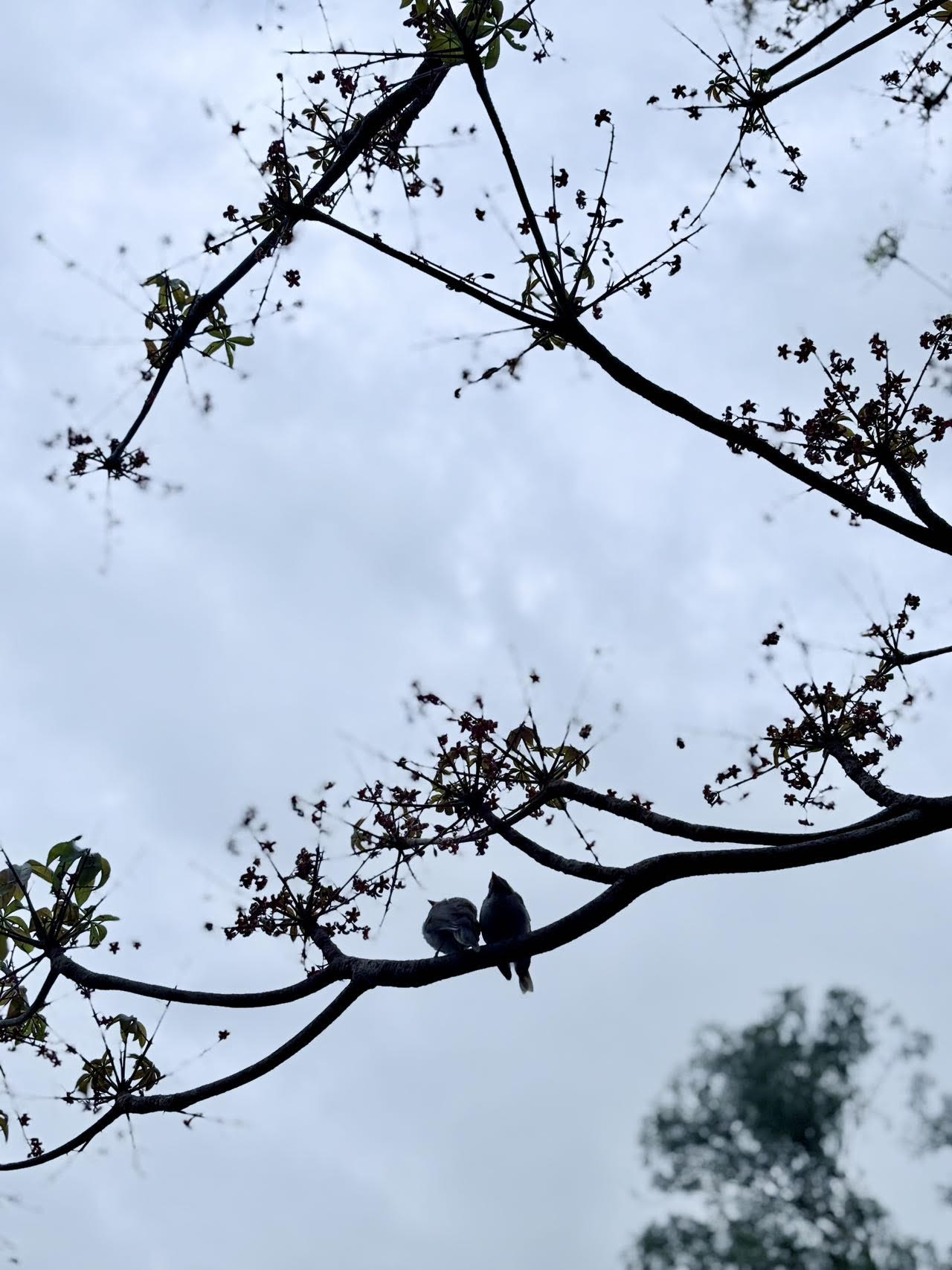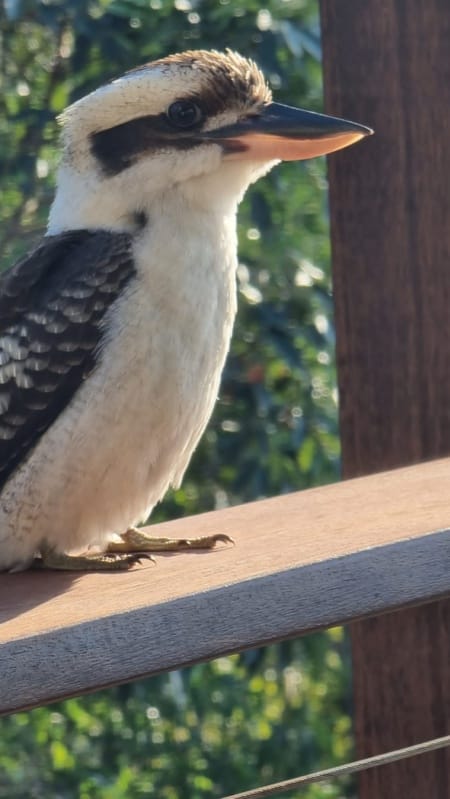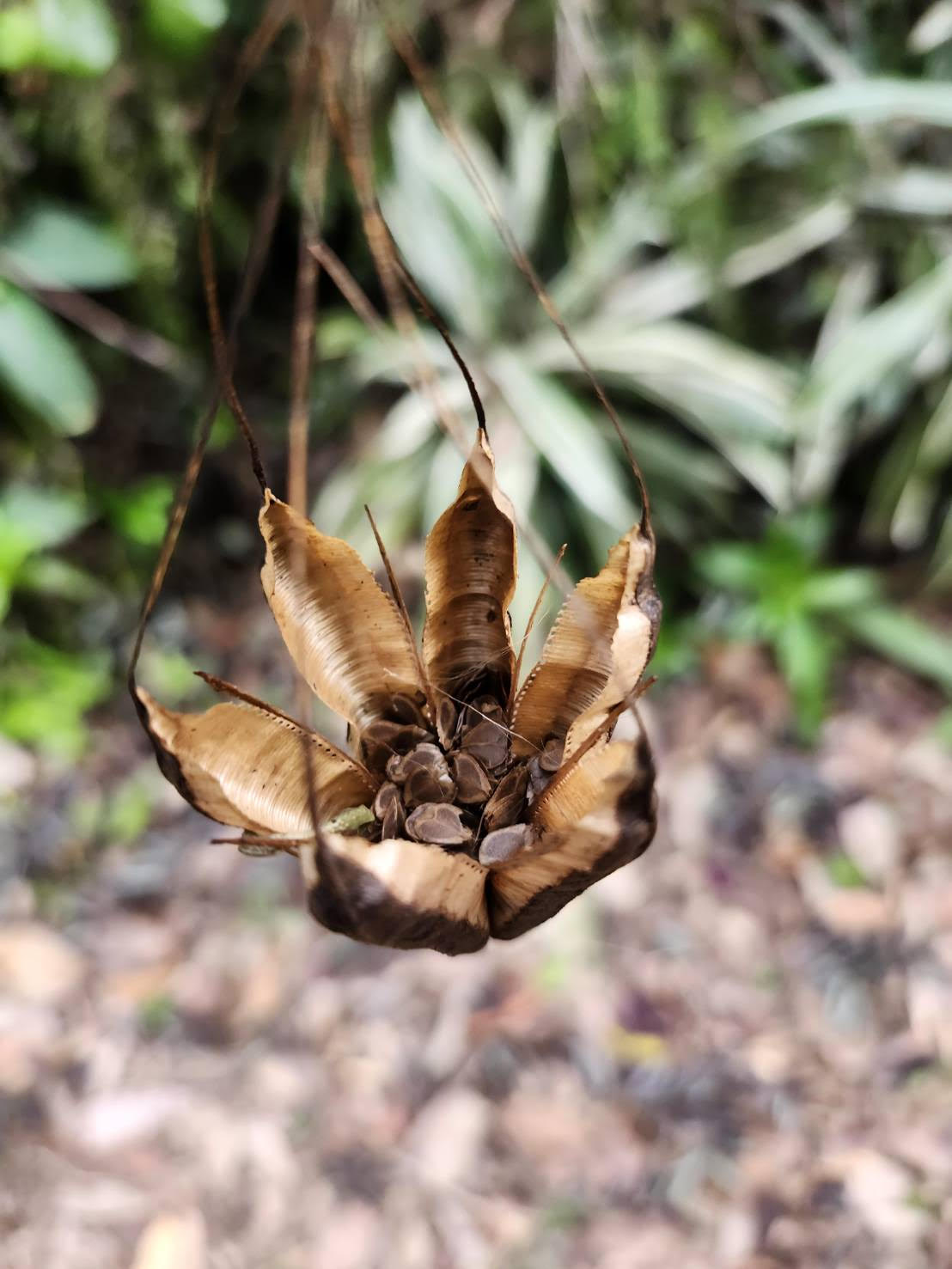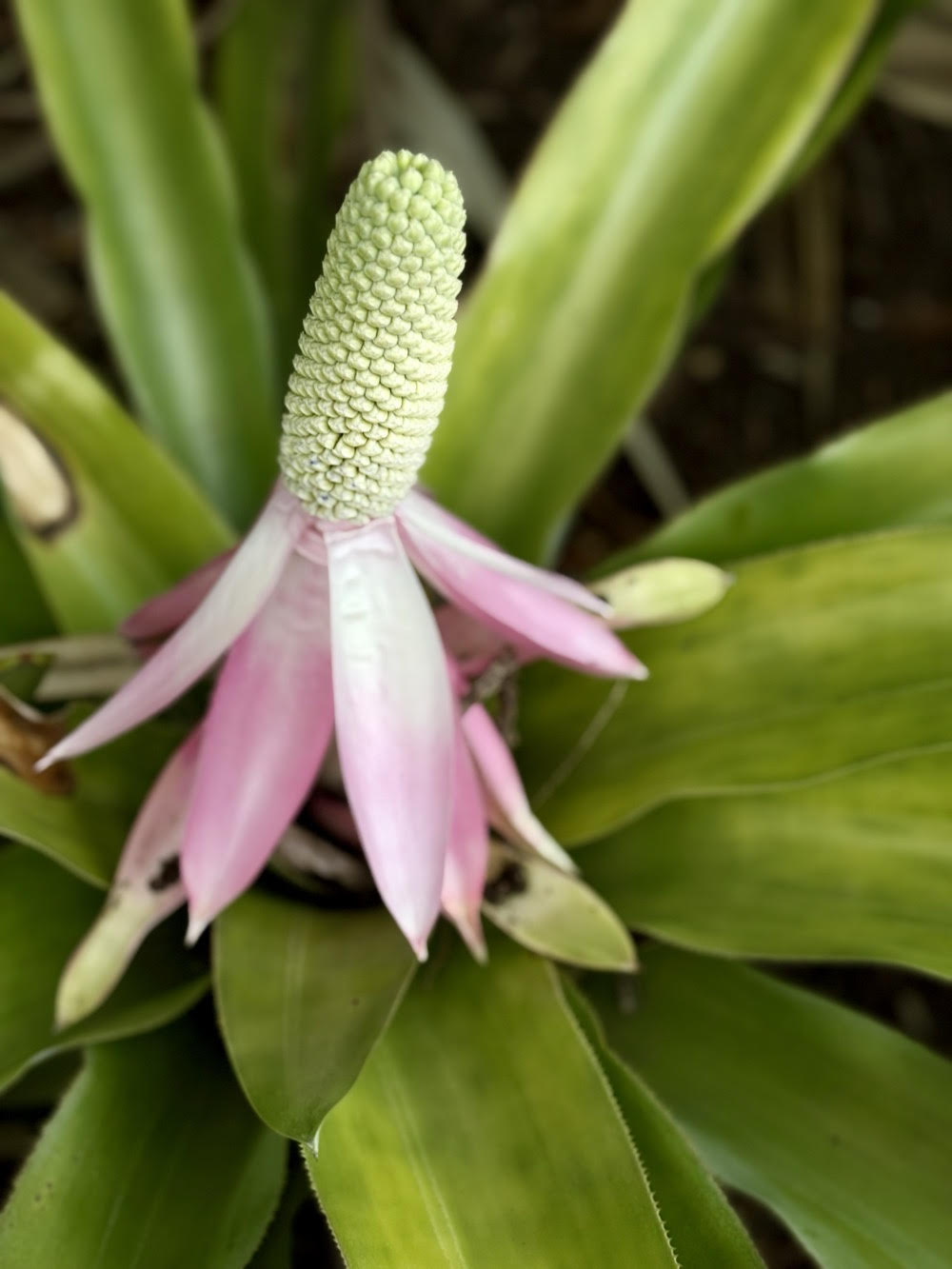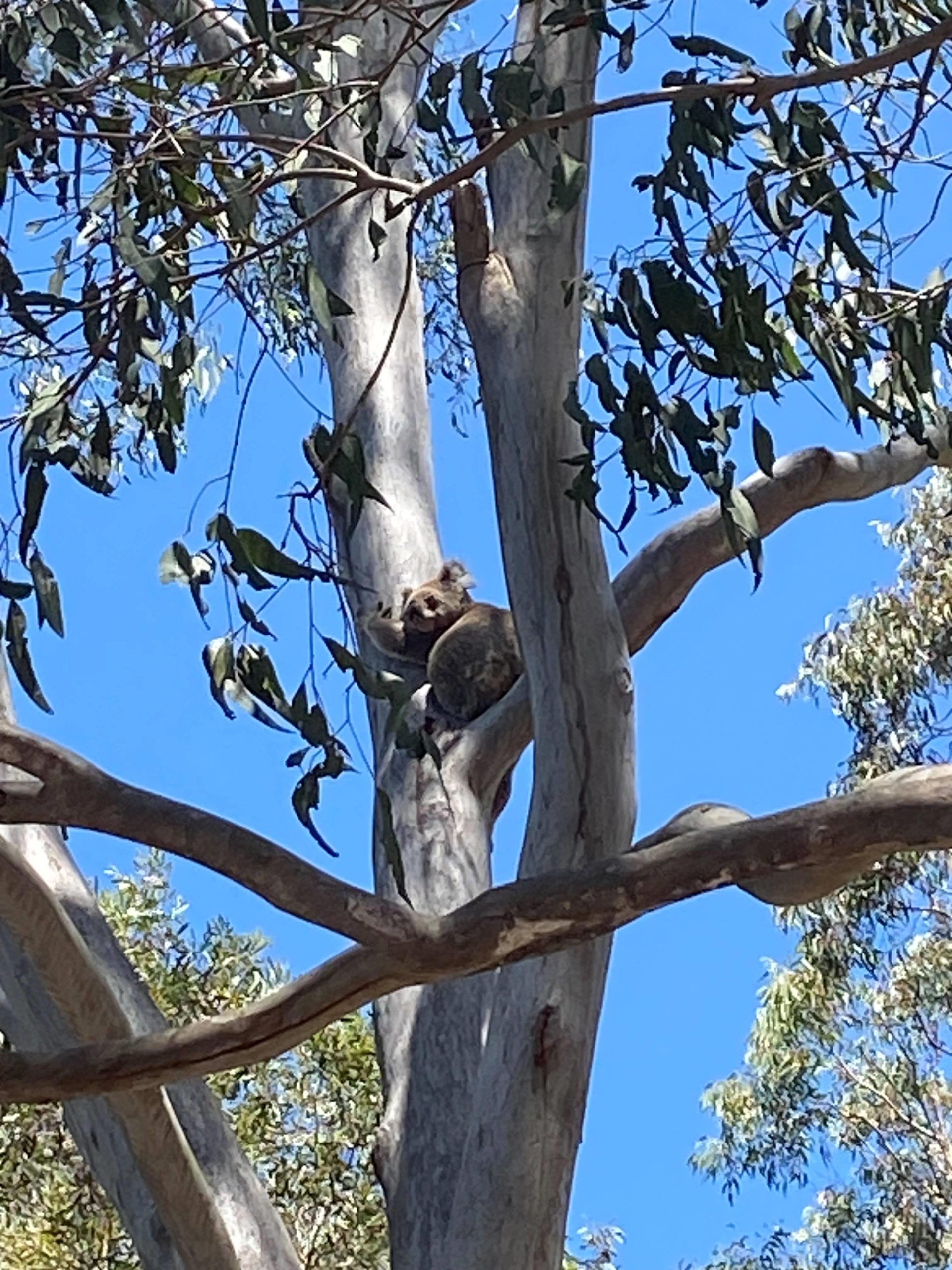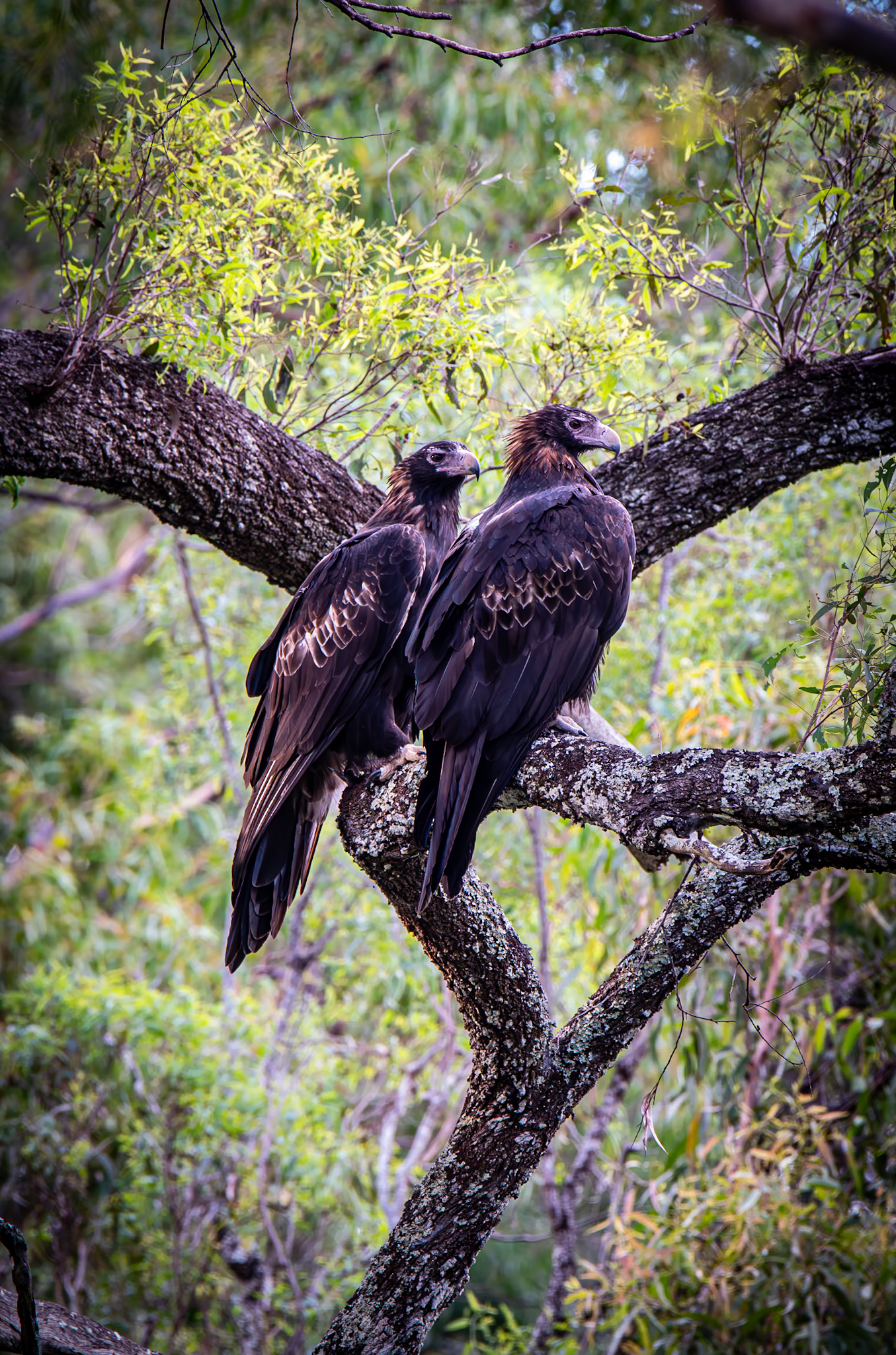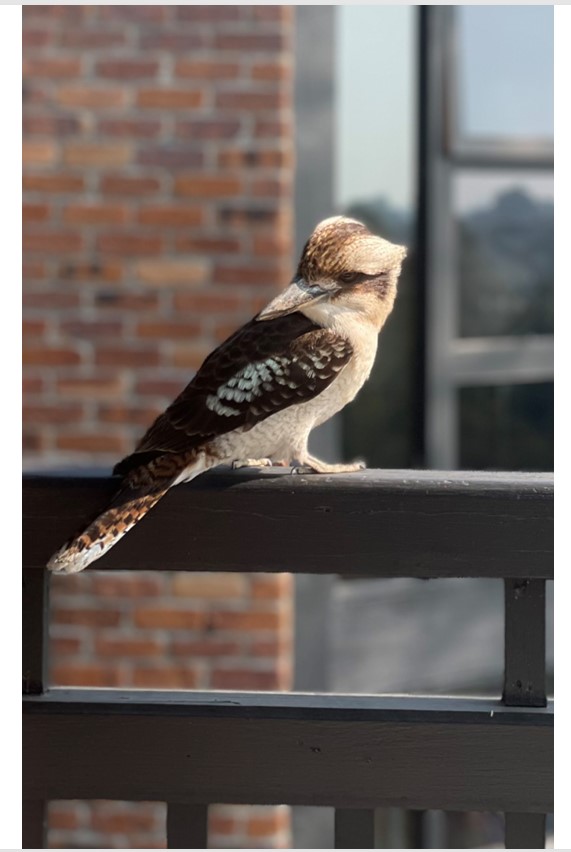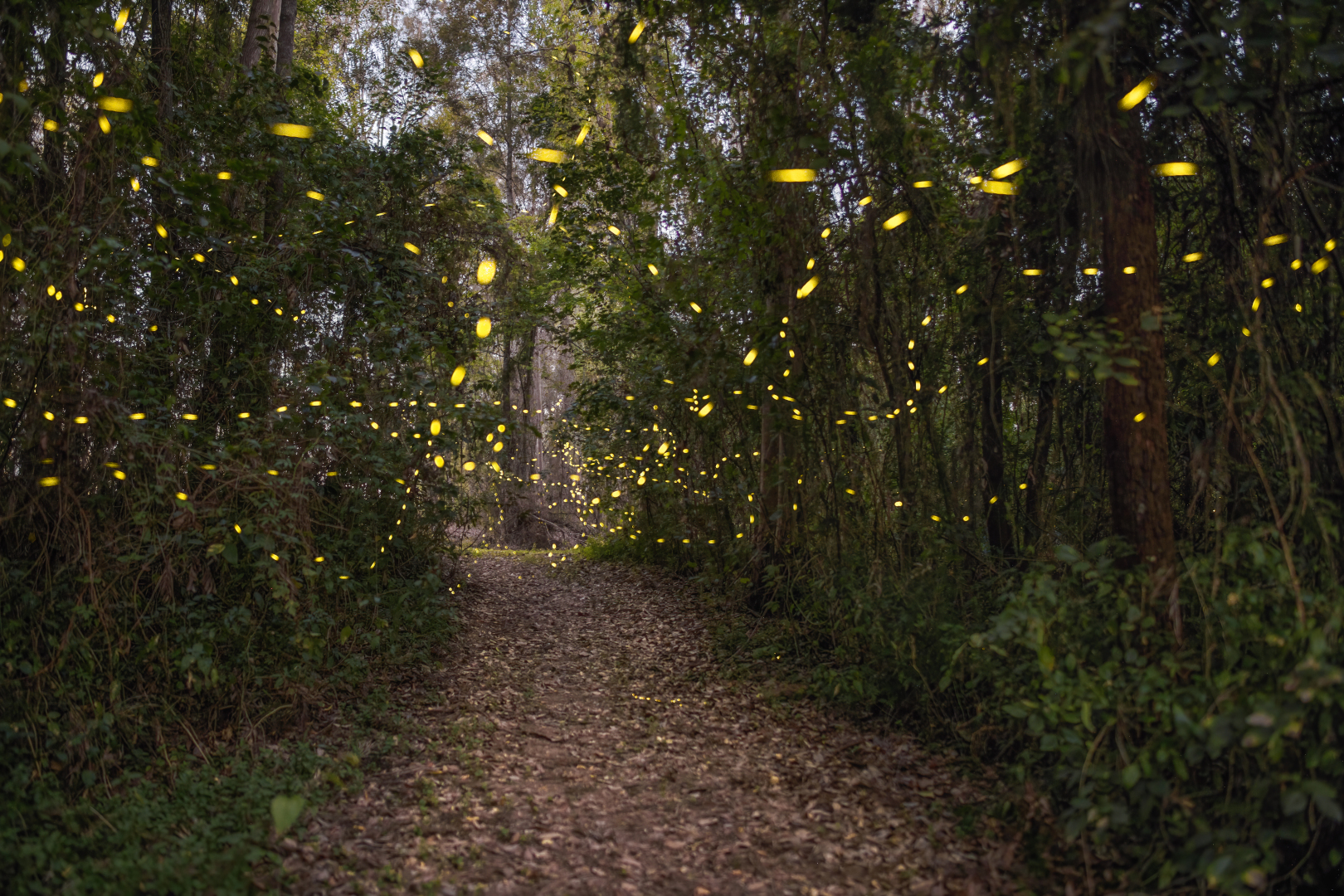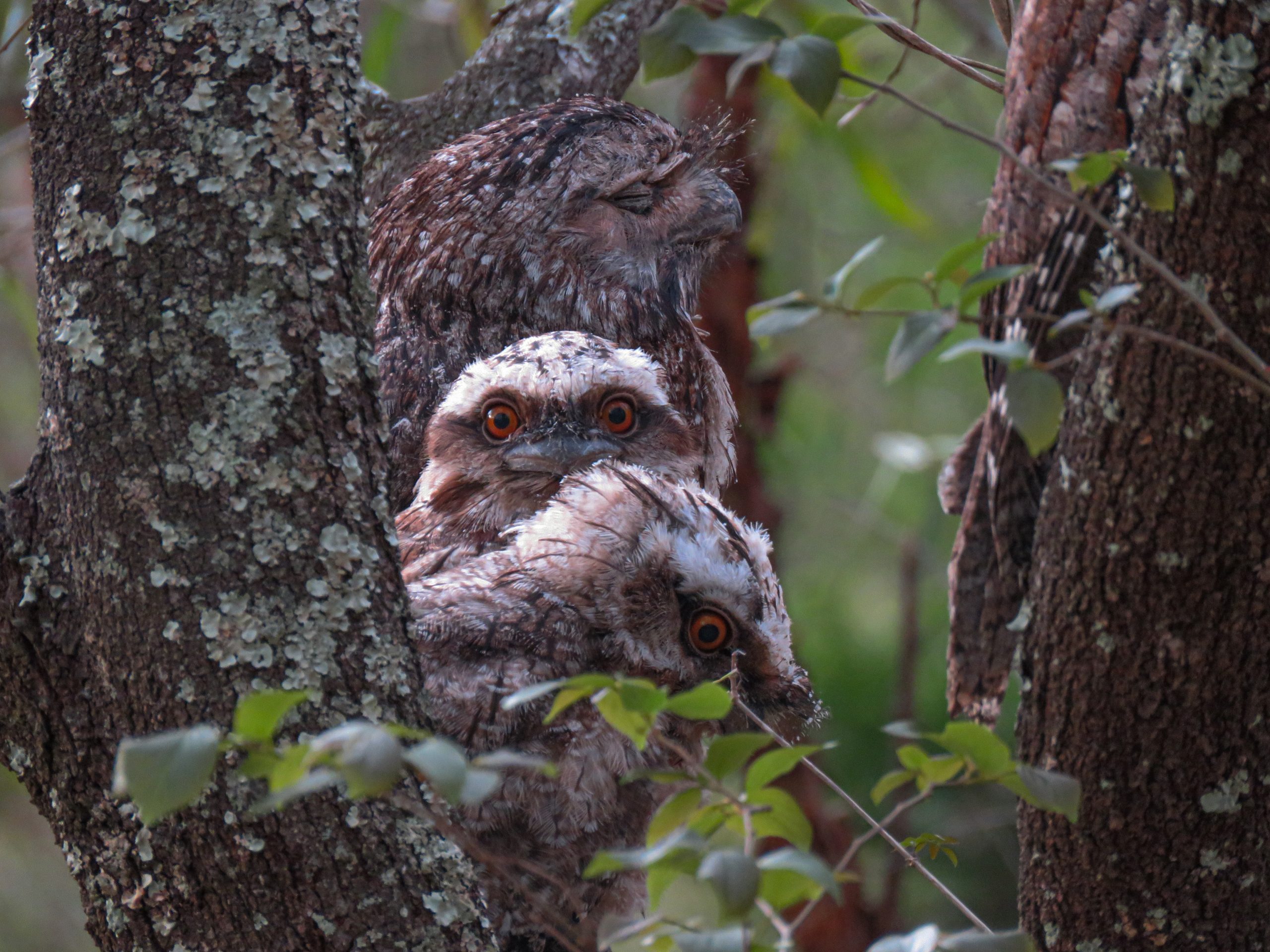Weeds can generally be thought of as plants that are in the wrong place, for example unwanted species in a herbaceous border or vegetable patch. Many of them may have positive attributes, for example as a food source for insects, birds or other wildlife. Mark Twain defined a weed as a plant whose benefits have yet to be recognized (or words to that effect). Since colonization, thousands of plant species have been introduced to Australia, either deliberately, for agriculture and horticulture, or inadvertently as overseas trade and travel has multiplied. Many of them have been beneficial, but a small proportion have had devastating consequences for agriculture and/or the environment.
I have written previously in this column (January 2023) about the devastating impact of exotic weed vines on some of our riparian zones. Cat’s claw creeper, Madeira vine and glycine can smother and overwhelm native trees and shrubs if left unchecked. For this reason, much of the time of our bushcare groups is spent weeding. While this may be less appealing to many of our volunteers than planting native species, it is essential to maintaining a healthy ecosystem and has its own rewards. There is great satisfaction in freeing a beautiful native tree from the burden of overbearing weed vines that otherwise would deprive it of sunlight and make it more susceptible to damage by storm or flood. It also provides good physical exercise and there are mental health benefits. If you have had a bad week, or are depressed by the state of the world, a couple of hours attacking weeds along your local creek can be an effective outlet for your frustrations and help to relieve stress!
Recently, the Huntington/Tuckett bushcare group was involved in some weed removal on a grander scale (see photos). During the middle of the last century, Chinese elm trees (Celtis sinensis) were planted extensively along creek banks in the local area. These are large deciduous trees that grow rapidly and provide intense shade in summer, which were presumably seen as attributes by the dairy farmers who occupied much of the area at this time. Unfortunately, they also produce prodigious quantities of seeds, spread rapidly and suppress the growth of native species by depriving them of light. Removal of these trees is an ongoing challenge and last year we received a grant from Brisbane City Council to employ contractors to remove and chip three large Chinese elms from an area near the Branton St. footbridge in Brookfield and replace them with natives. The project proved challenging, (the three trees produced around 80 cubic metres of wood chips!) and was not helped by the recent adverse weather and floods, but eventually we succeeded – see photos. Thanks to the Council and all those volunteers who braved the elements to assist with site preparation and the planting of 180 native trees and shrubs!
If you would like to join one of our bushcare groups, do your bit for the local environment, get some healthy exercise and meet some of your neighbours over morning tea please check out the MCCG website or contact me at [email protected]
Jim Pope
Industrial strength weed clearing and mulching – photo Jim Pope
Re-planting with natives, in the rain! – photo Jim Pope
Wildlife Matters is published in: 
